Setting up a home gym upstairs is an increasingly popular choice for fitness enthusiasts who lack basement or garage space. Whether you want a home gym on the second floor of your house or a 2nd floor gym in a shared university home, you’re not alone in wondering if it’s safe and practical. In this article, we’ll explore the critical considerations around placing fitness equipment—including a squat rack on the second floor—upstairs, and share tips to ensure you’re working out safely and efficiently.
1. Can You Put a Home Gym on the Second Floor?
A common question is, “Can you put a home gym on the second floor?” The good news is that in most residential buildings, especially those constructed or renovated in accordance with modern building codes, floors are designed to support standard living-room furniture loads and multiple occupants. This can often accommodate the weight of a second floor gym, which includes typical equipment like power racks, barbells, or even larger machines.
However, it’s essential to consider a few key details:
-
Structural Integrity
-
Check the floor joists, beams, and general construction. Wooden floors can be surprisingly sturdy, but age, termites, or poor upkeep might reduce load-bearing capacity.
-
Consult with a landlord, building manager, or structural engineer if you’re unsure.
-
-
Load Distribution
-
Concentrating too much weight in a small area (e.g., under a squat rack on the second floor) can lead to sagging or damage over time.
-
Spreading out equipment or placing plywood under stall mats can help distribute the load.
-
-
Noise and Vibration
-
If you live with housemates or in an apartment, dropping weights might cause noise complaints.
-
Thicker rubber stall mats and bumper plates help dampen noise and protect floors.
-
2. Is It Safe to Put Gym Equipment Upstairs?
Anyone considering a gym on the second floor naturally wants to confirm, “Is it safe to put gym equipment upstairs?” Generally, yes—most standard bedrooms can handle the static load of equipment such as weight benches, ellipticals, or power racks in the bedroom. Still, take these steps to maximize safety:
-
Consult Professionals
-
Before you buy large equipment like a power rack or treadmill, talk to a landlord or a structural engineer.
-
Confirm that your upstairs room is cleared for heavier loads.
-
-
Use Stall Mats or Platforms
-
Rubber stall mats are a popular choice for creating a safe lifting area. They protect floors and reduce impact.
-
A plywood base under your mats can help distribute weight further.
-
-
Mind the Dynamic Loads
-
Dropping weights significantly increases the force on floors. If you’re deadlifting or power-cleaning, control the bar on the descent to avoid damaging the structure.
-
Bumper plates and rubber-coated weight plates can also mitigate some impact.
-
3. Setting Up a Second Floor Home Gym: Key Equipment Considerations
Squat Rack or Power Rack
-
A squat rack on the second floor can be safe if you lift in a controlled manner.
-
Opt for a stable rack; some come with safety bars or straps to prevent dropping weights directly onto the floor.
Elliptical or Treadmill
-
Wondering, “Can you put an elliptical on the second floor?” In most cases, yes. Ellipticals and treadmills are designed for home use and are usually within acceptable weight limits for a standard bedroom.
-
Use a protective mat under cardio machines to reduce noise and vibration.
Free Weights and Benches
-
Dumbbells, barbells, and adjustable benches are common upstairs because they’re relatively easy to maneuver.
-
Again, focus on distributing weight (e.g., placing them across multiple joists) rather than stacking them all in one corner.
4. Tips for an Upstairs Gym Setup
-
Check Load-Bearing Capacity
-
Older homes or poorly maintained buildings may require a structural assessment. Better safe than sorry.
-
-
Place Equipment Strategically
-
Position heavy equipment near load-bearing walls.
-
Spread out weight plates and dumbbells rather than storing them all in one rack.
-
-
Minimize Dropping and Impact
-
Controlled lifts reduce risk to your floors (and your downstairs neighbors’ ceilings).
-
Use rubber or bumper plates for lifts that might slip from your grip.
-
-
Noise Control
-
Thick mats, carpets, or acoustic underlay can help reduce impact sounds.
-
Communicate with housemates or neighbors about potential noise and try to lift during reasonable hours.
-
-
Landlord Permission
-
If you’re renting, always ask your landlord about major changes or potential modifications, such as installing protective flooring or extra support.
-
5. Real-World Experiences
Many lifters have successfully set up an upstairs gym or home gym upstairs without issues. Common feedback includes:
-
Creaky Floors Don’t Necessarily Mean Weak Floors: Often, squeaking just indicates loose nails rather than structural problems.
-
Use Stall Mats: They’re cost-effective, heavy-duty, and protect both floors and neighbors’ patience.
-
Heavier Equipment: Some people even manage a power rack in the bedroom, so long as they keep lifts controlled and check the integrity of the floor.
-
Don’t Forget Soundproofing: Bumper plates, thick rubber mats, and controlled movements are crucial to keeping noise to a minimum.
6. Final Verdict: Should You Build a Home Gym on the Second Floor?
For many people, the answer to “Can you put a home gym on the second floor?” is a resounding yes—with the right precautions. Modern residential structures are built to hold significant loads, and the weight of typical gym equipment (plus a person exercising) usually doesn’t exceed what a well-built floor can handle. Be mindful of distributing weight, reducing noise, and consulting with professionals if the building is older or if you’re unsure of its structural limits.
Key Takeaways
-
Safety: Verify floor integrity, especially in older buildings.
-
Load Management: Use mats, platforms, or plywood to distribute the weight of heavy equipment.
-
Noise & Vibration: Bumper plates, rubber mats, and gentle lowering of weights go a long way in preserving harmony with roommates or neighbors.
-
Permission: Always get your landlord’s approval if you rent.
With careful planning, a second floor home gym can be both safe and convenient, allowing you to work out in the comfort of your own space—even if that space is upstairs.

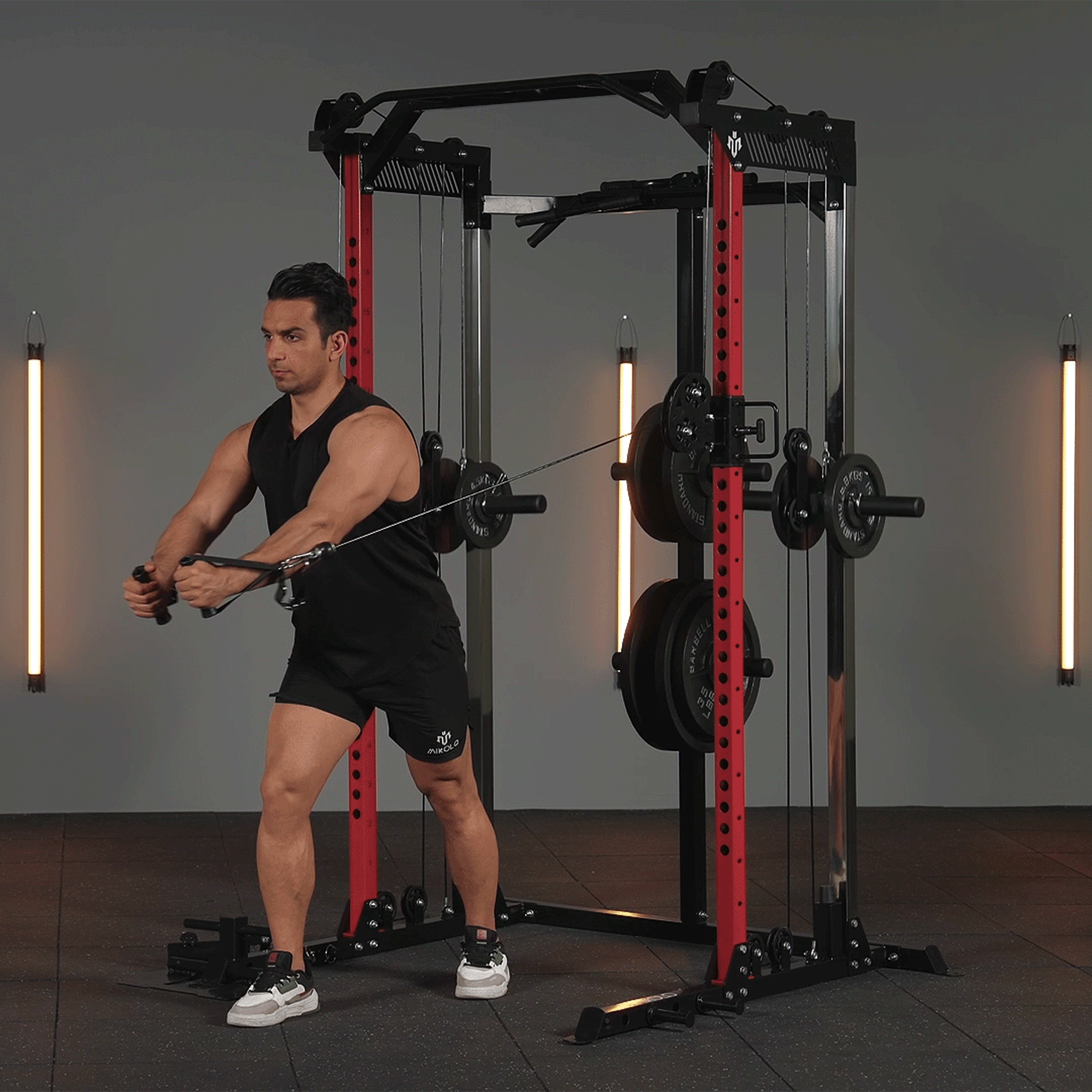
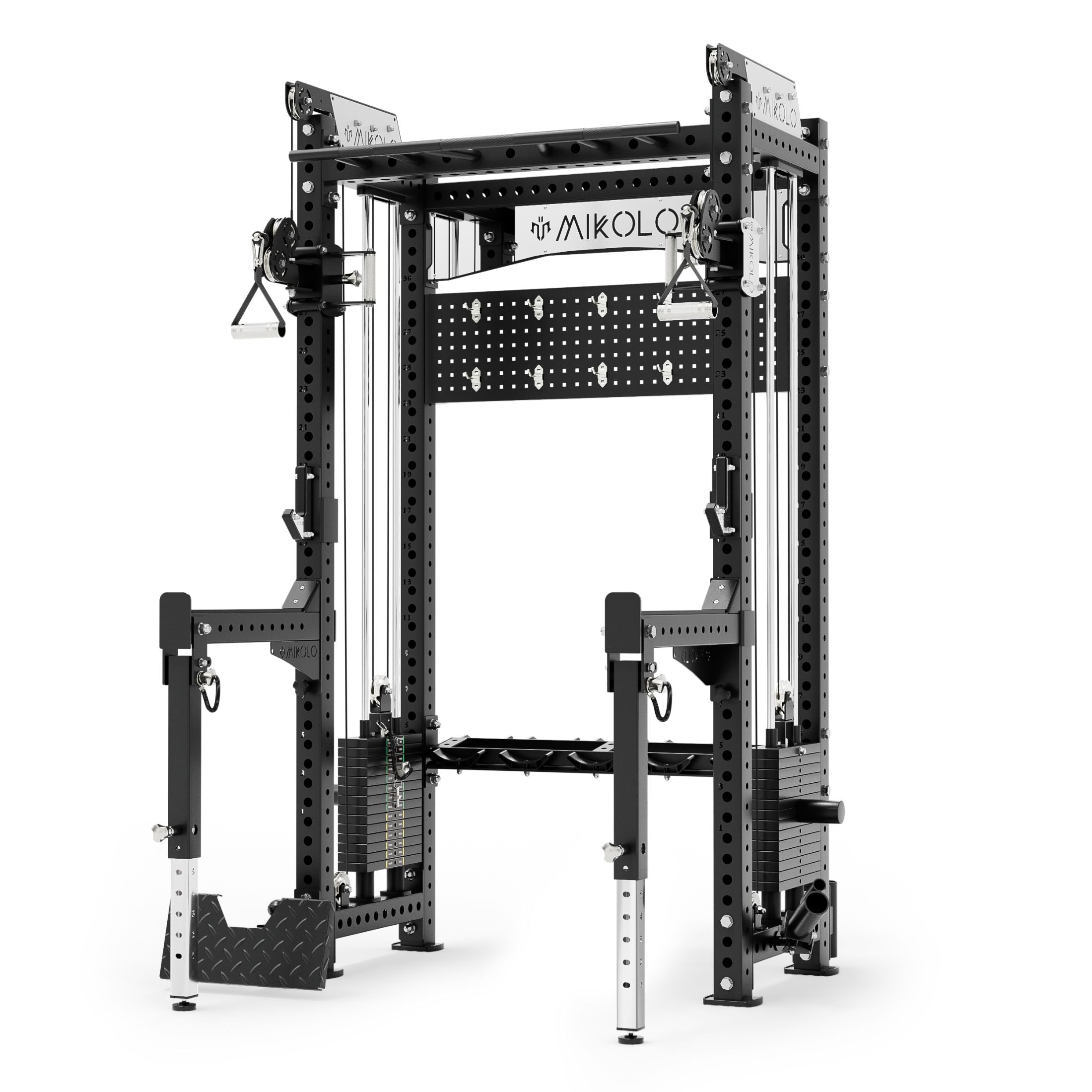
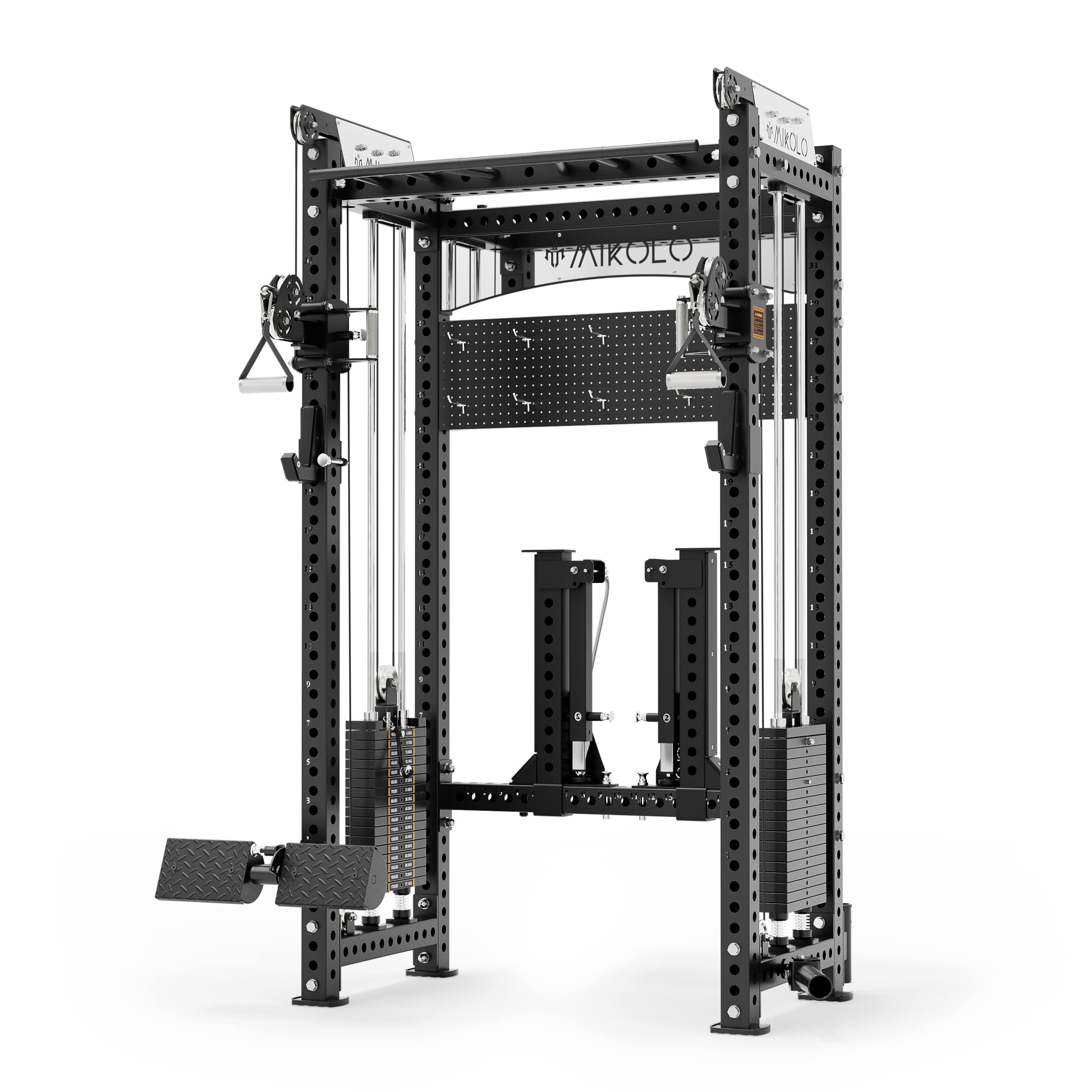
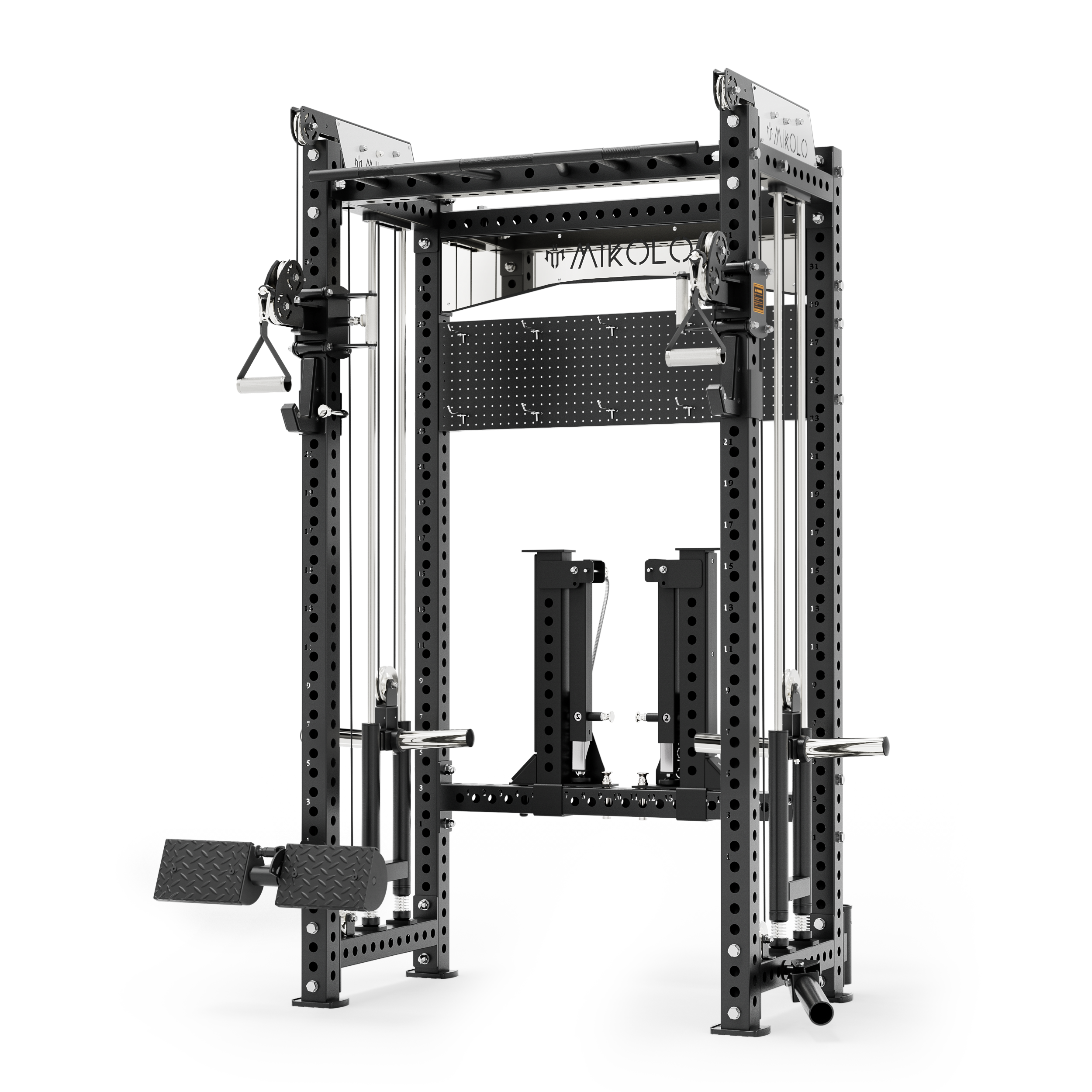
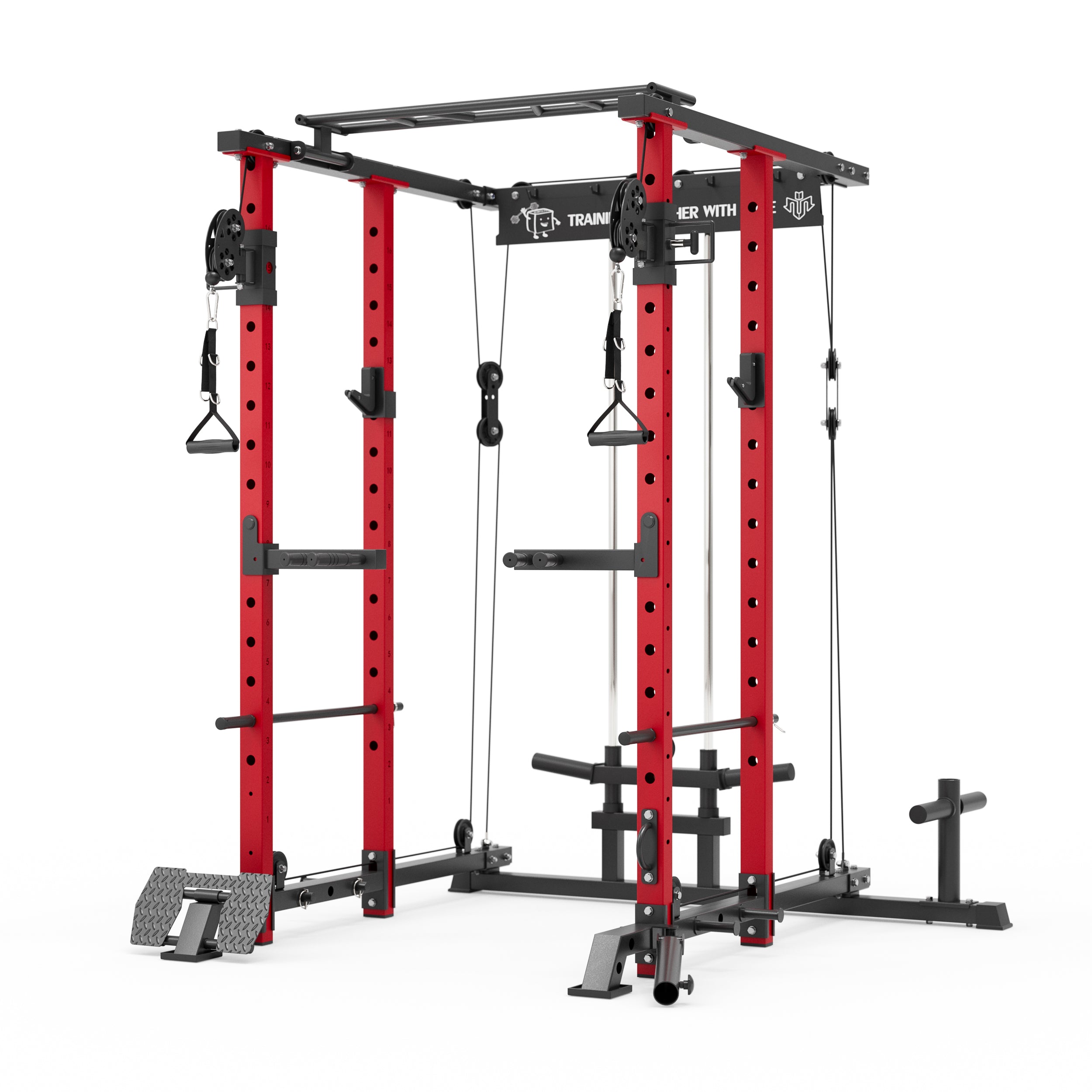
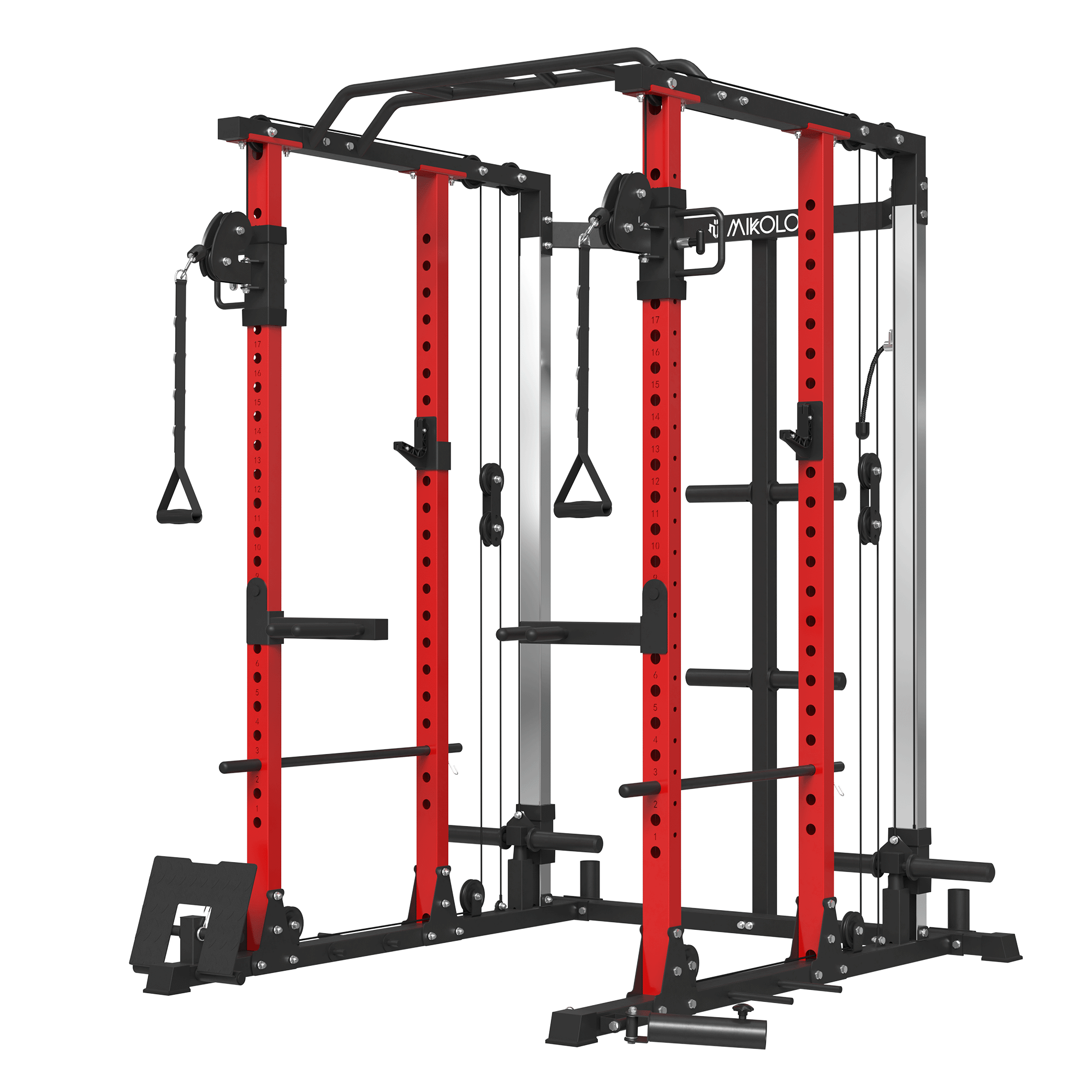
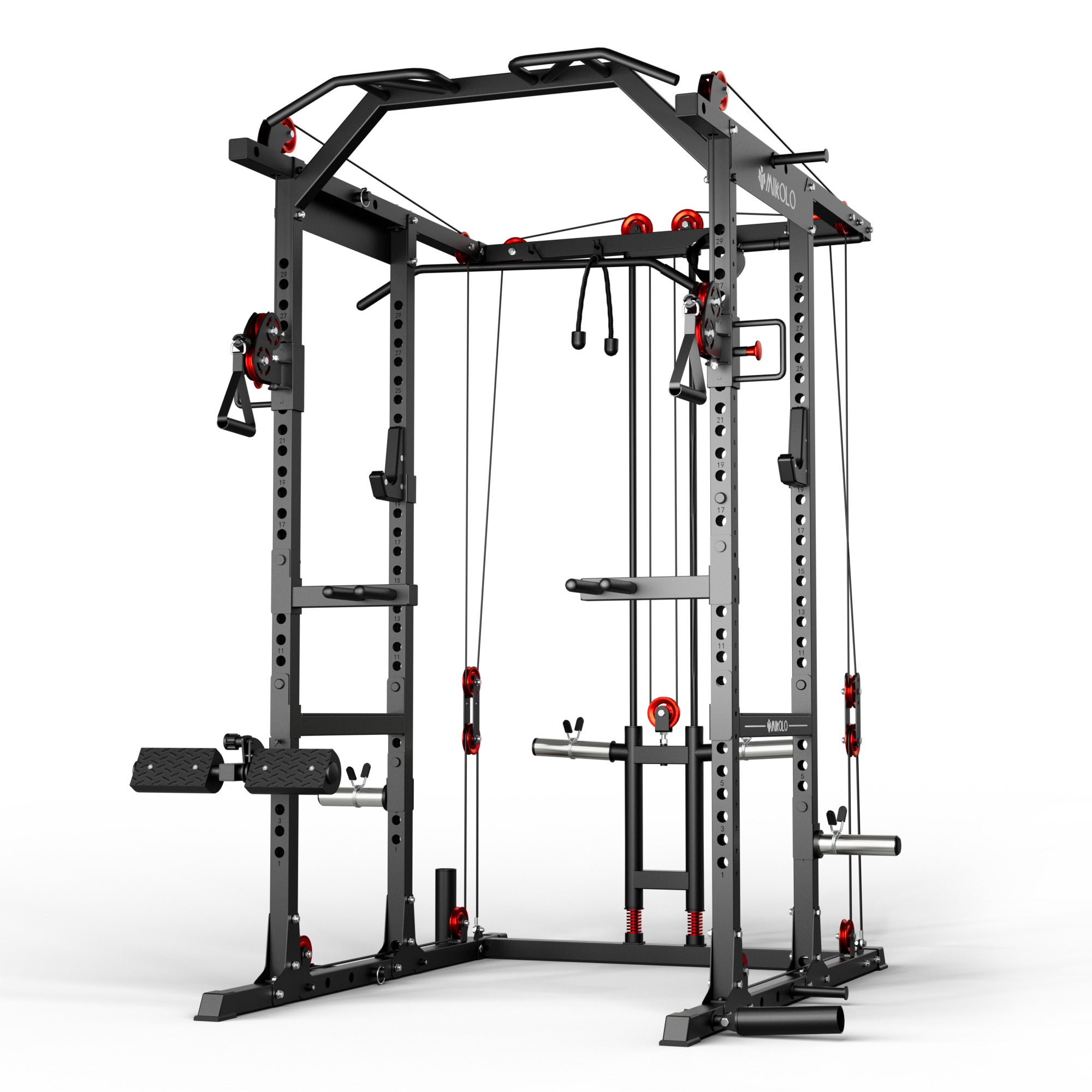
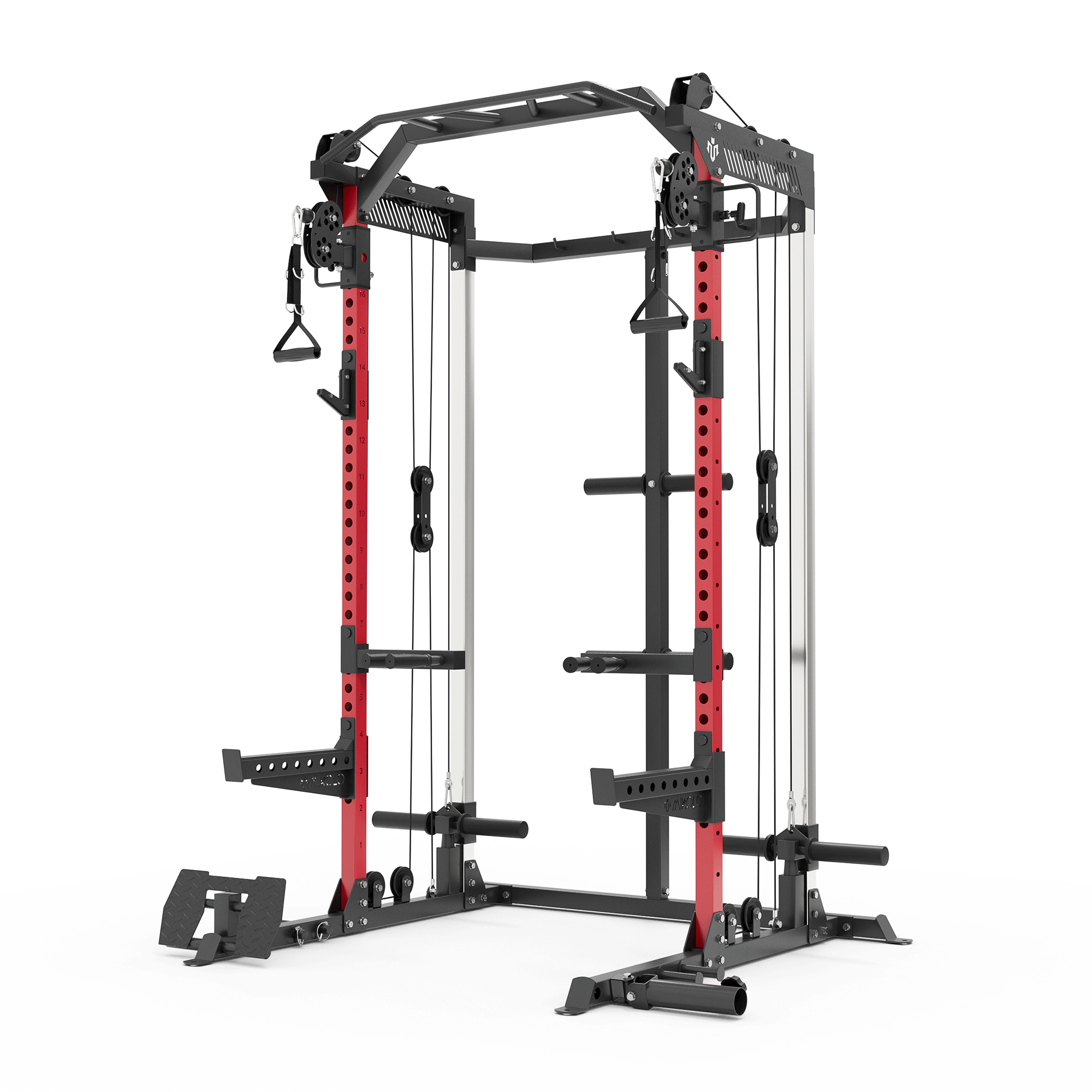

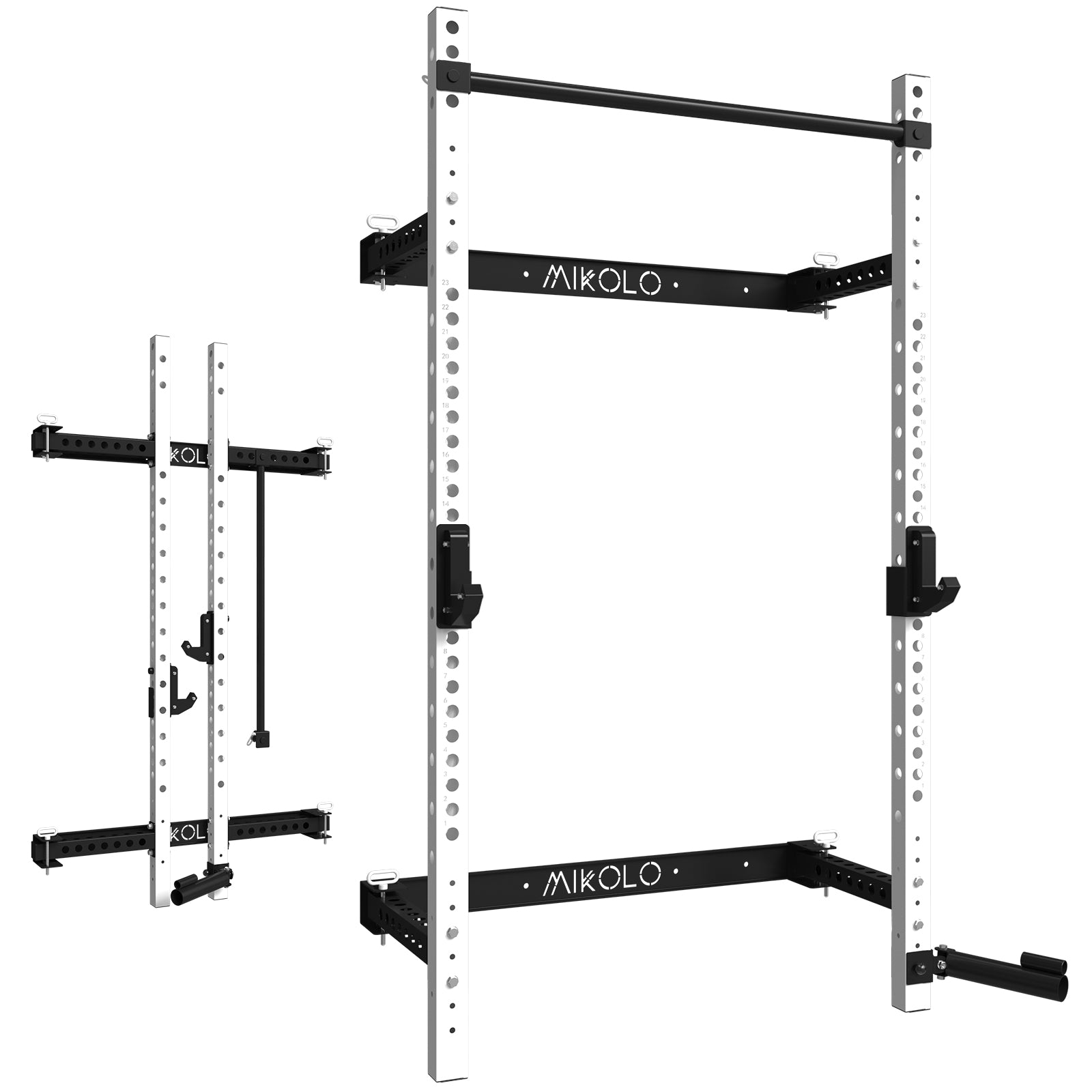
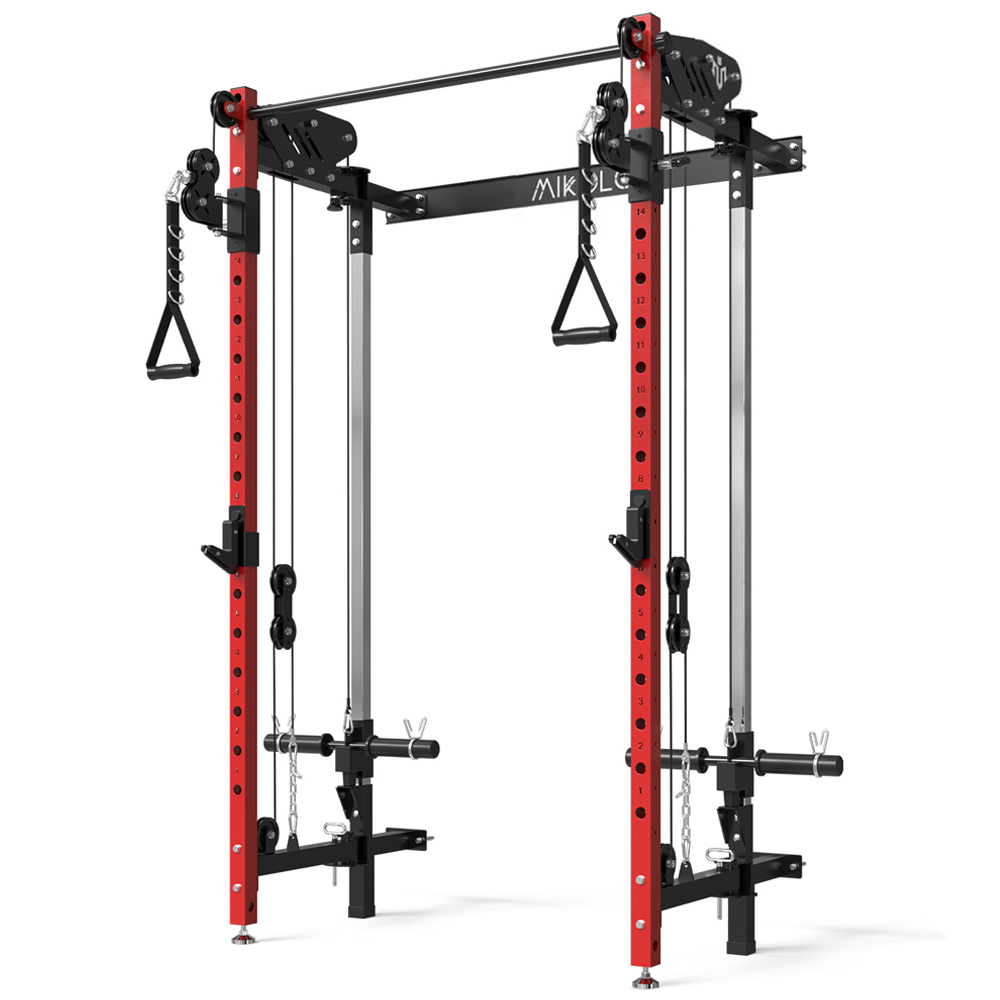
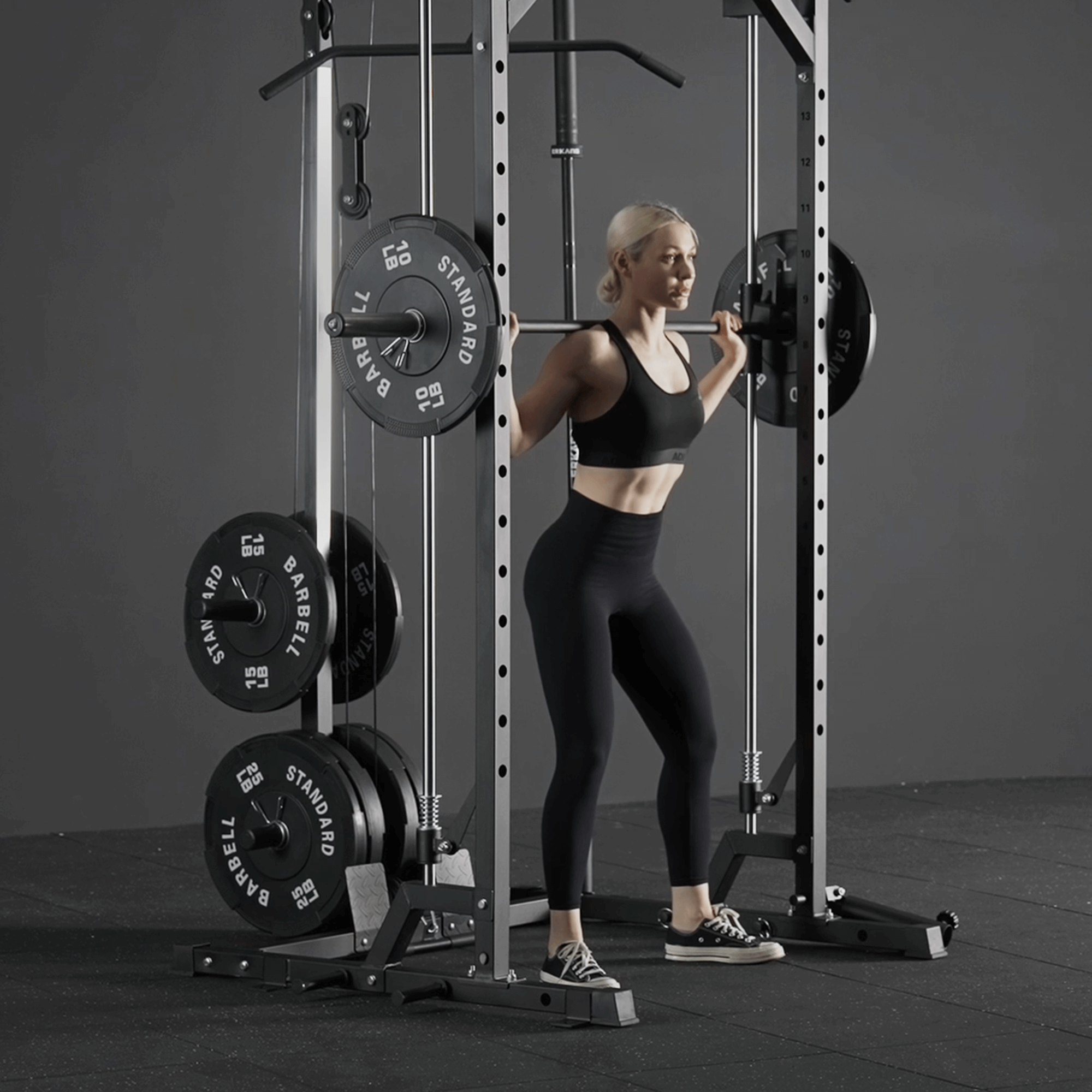
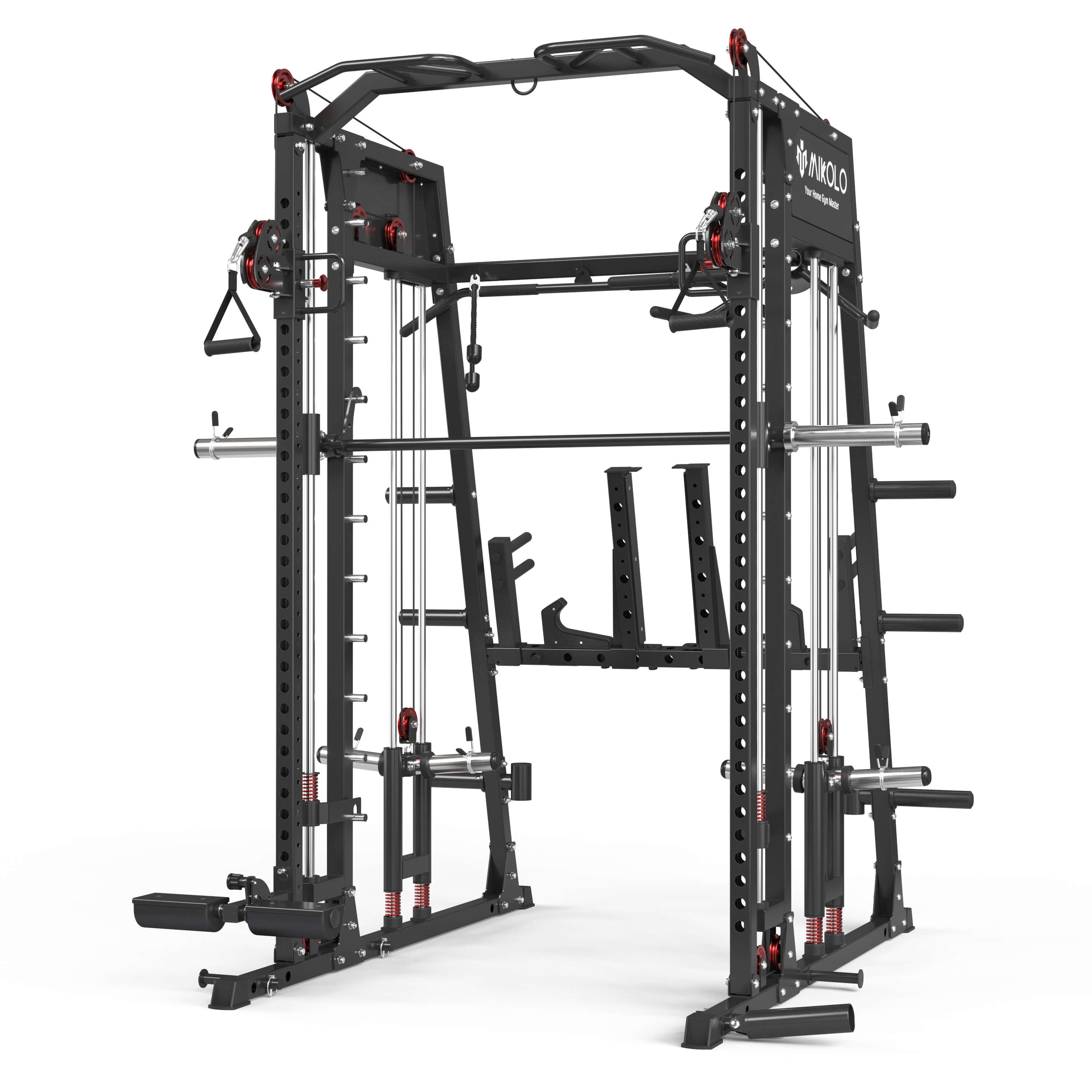

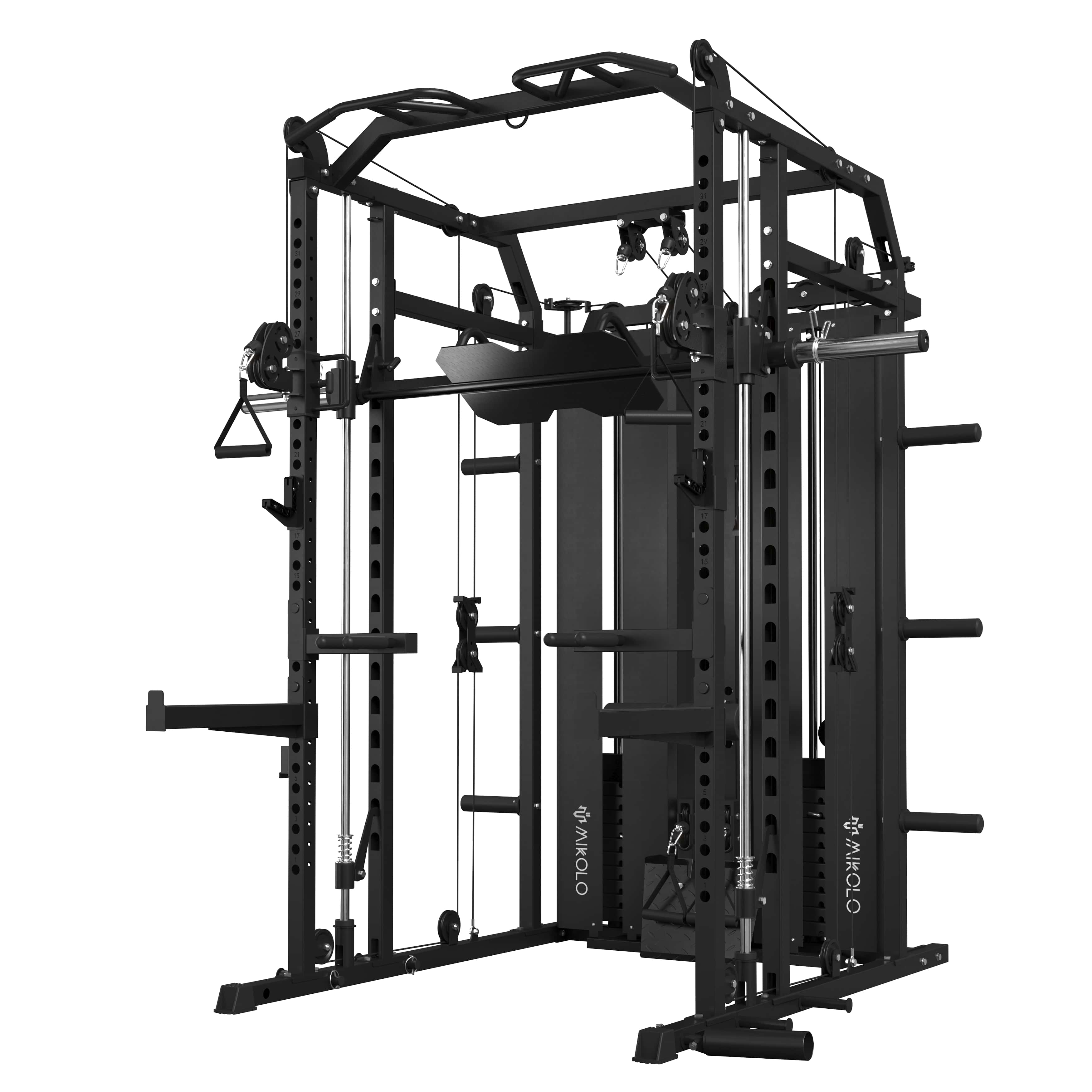
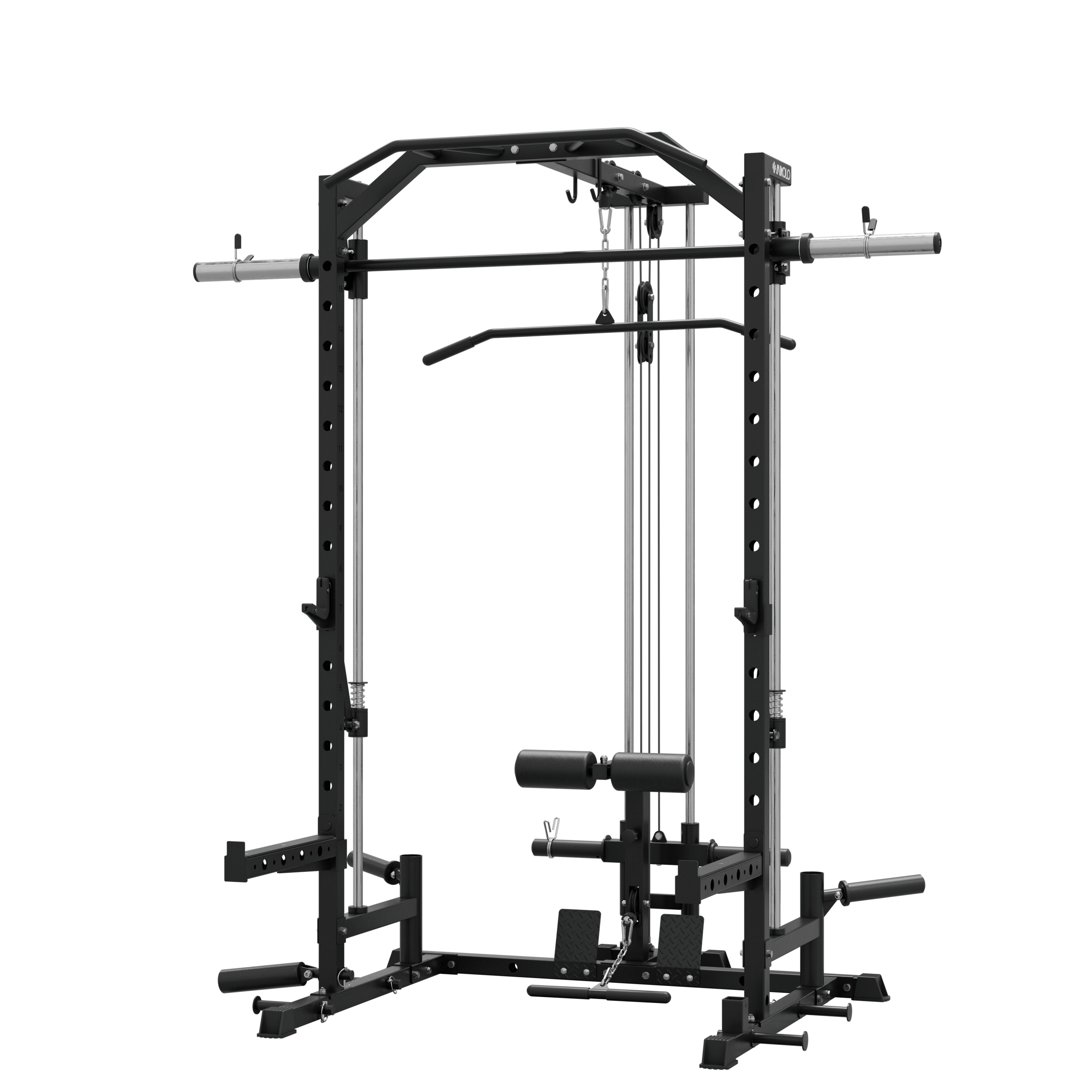
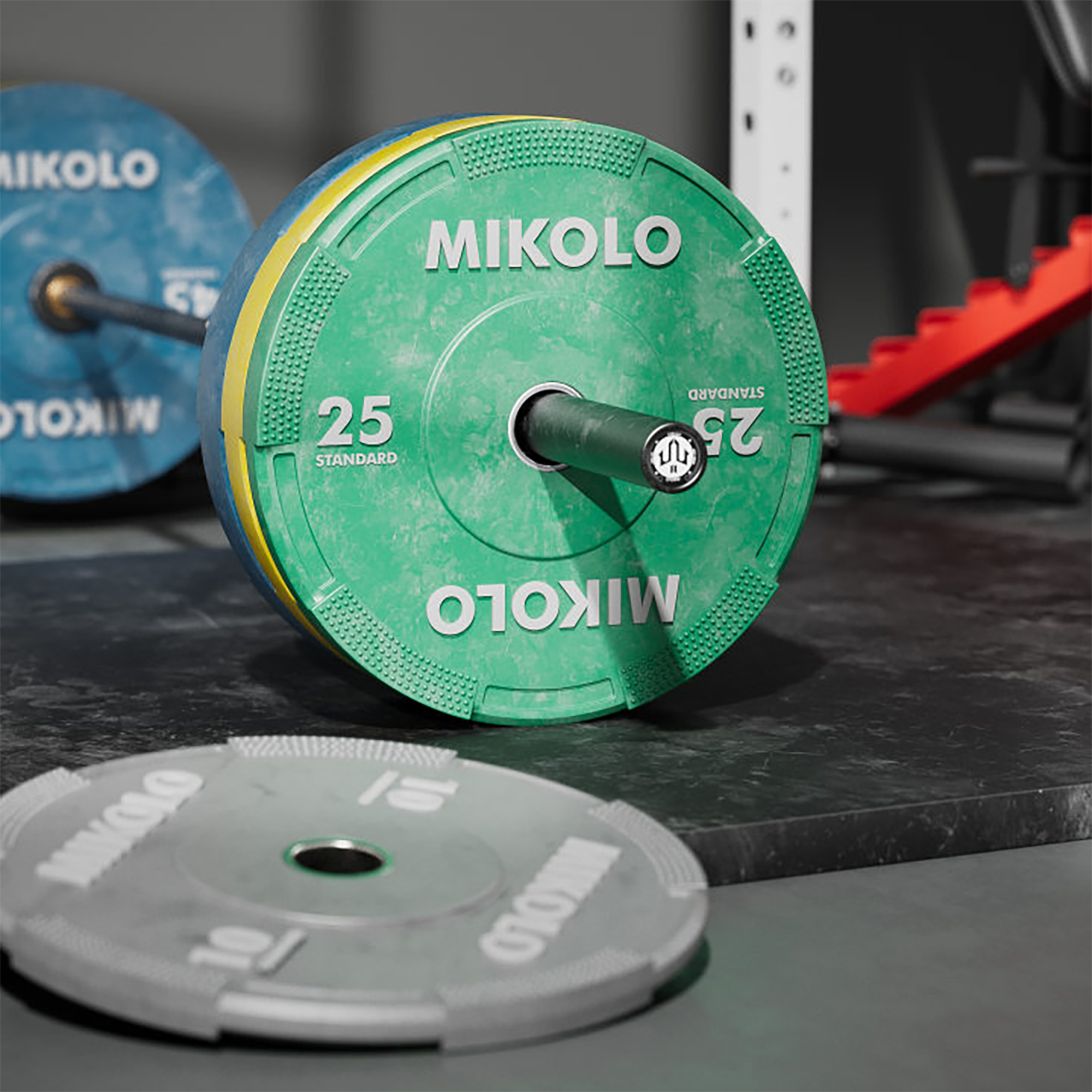
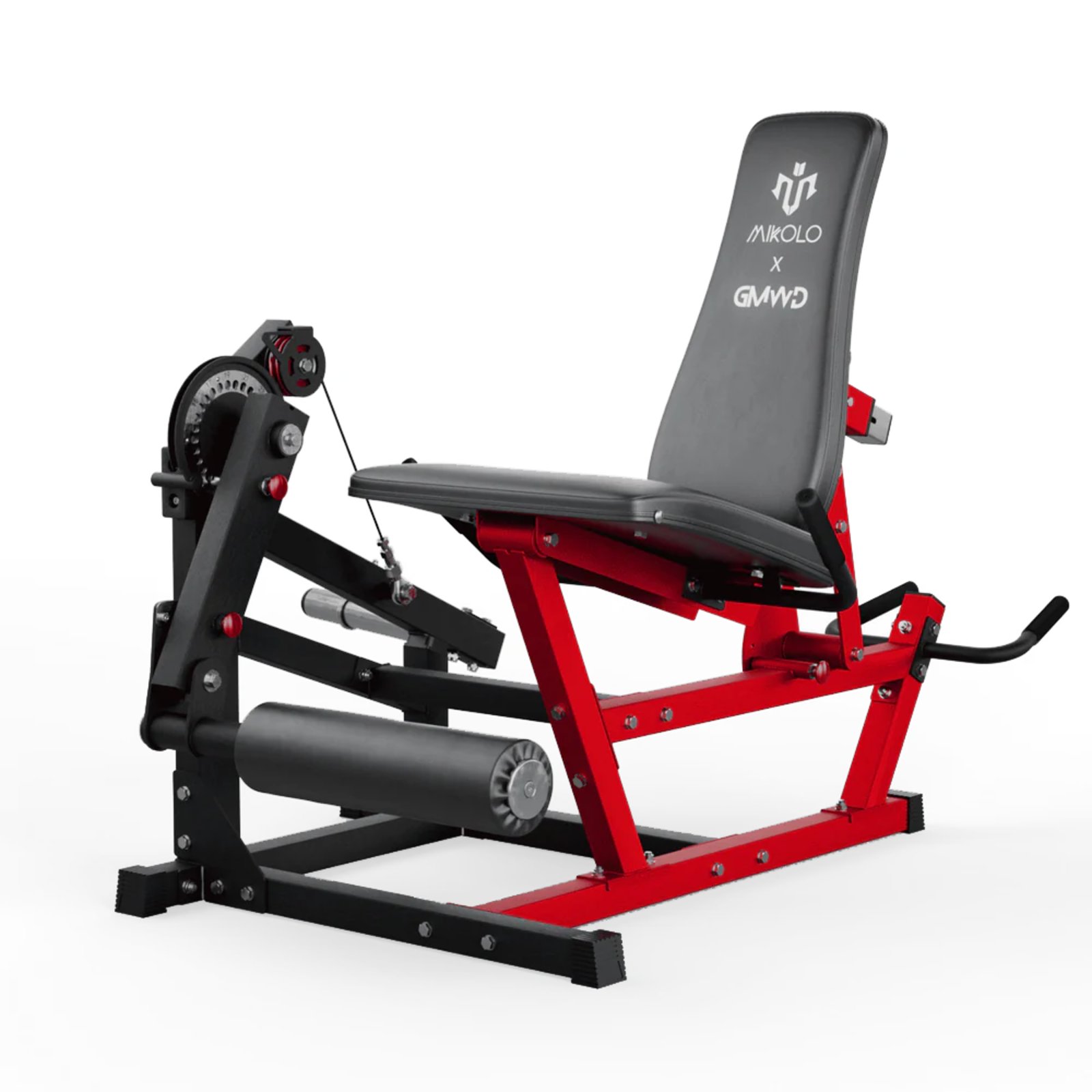
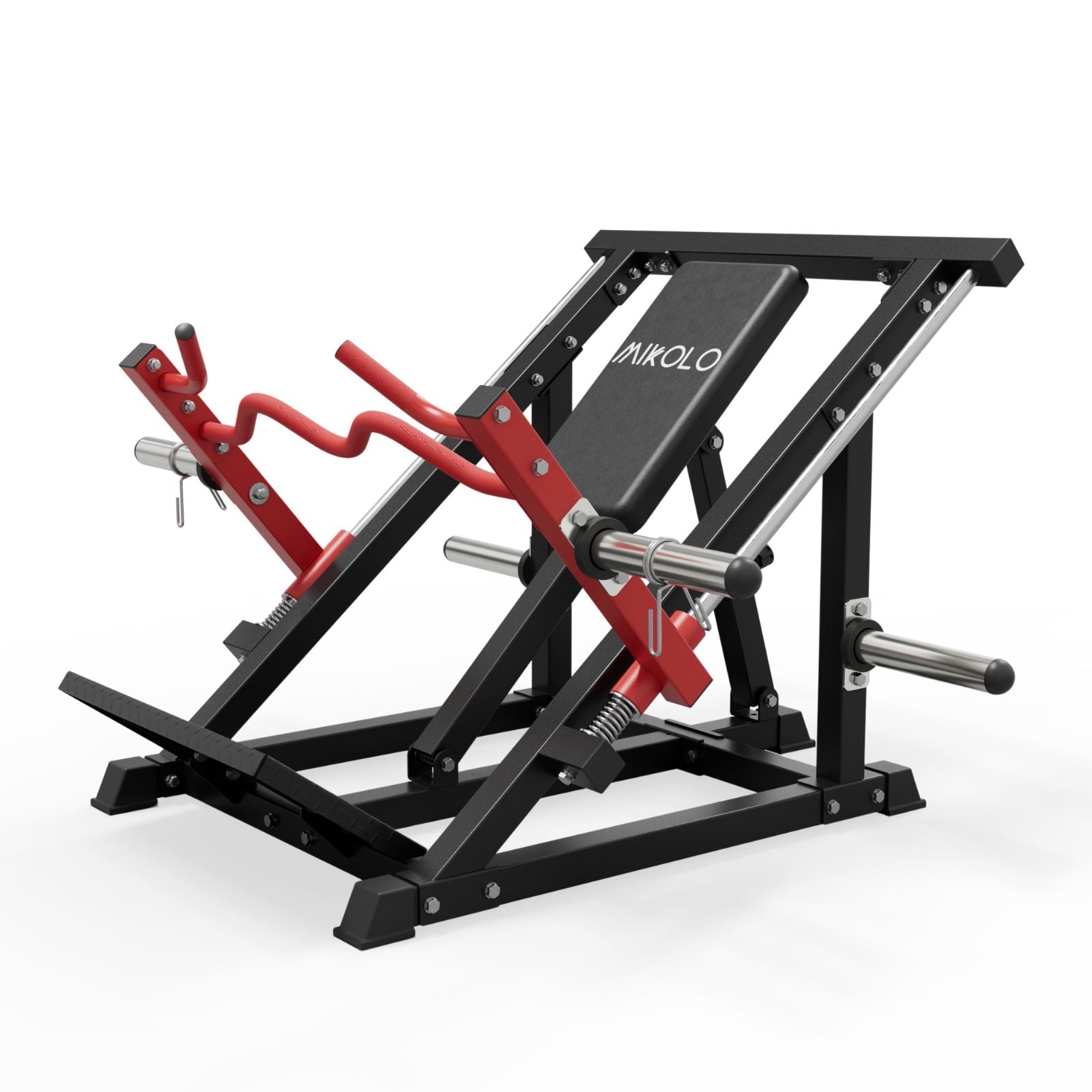
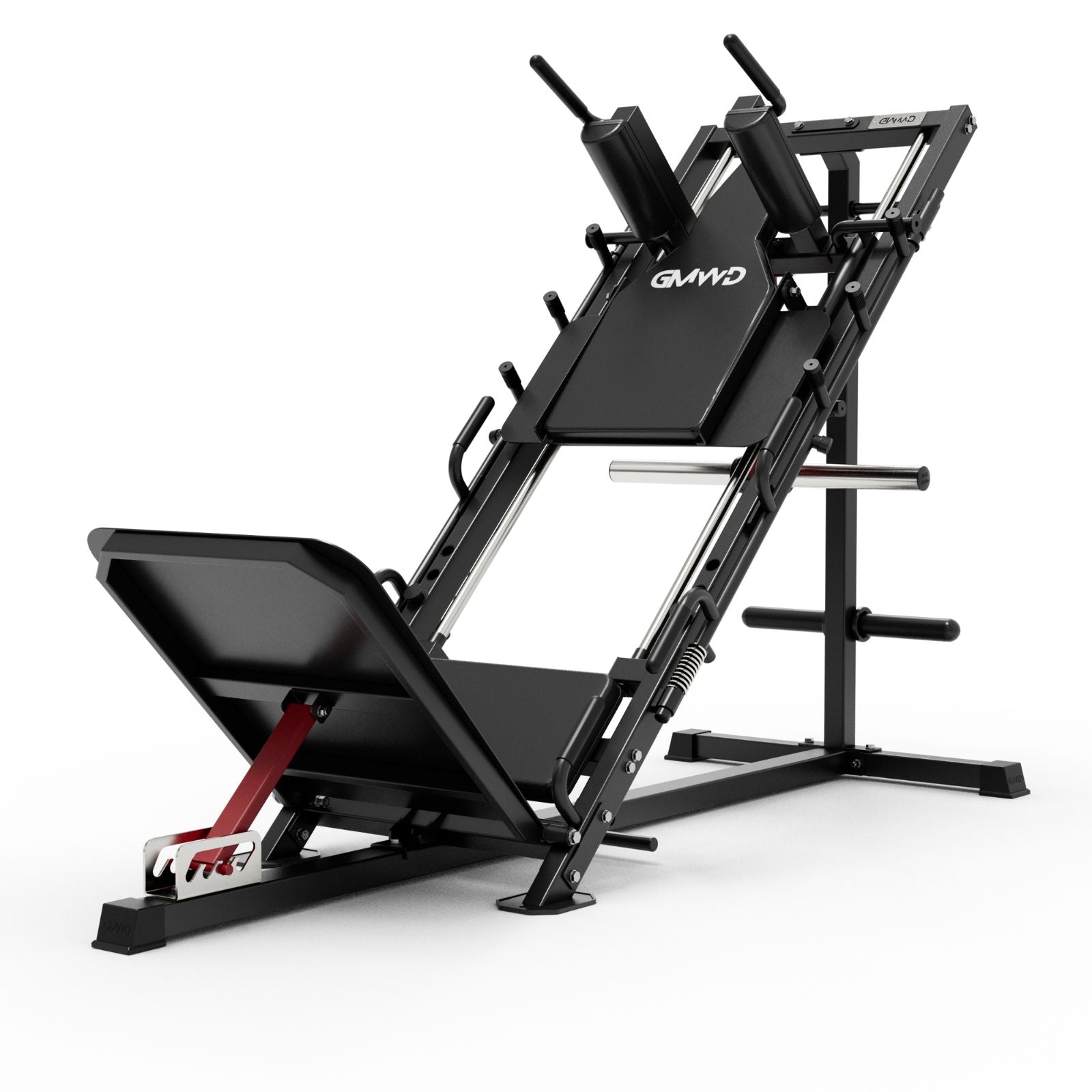
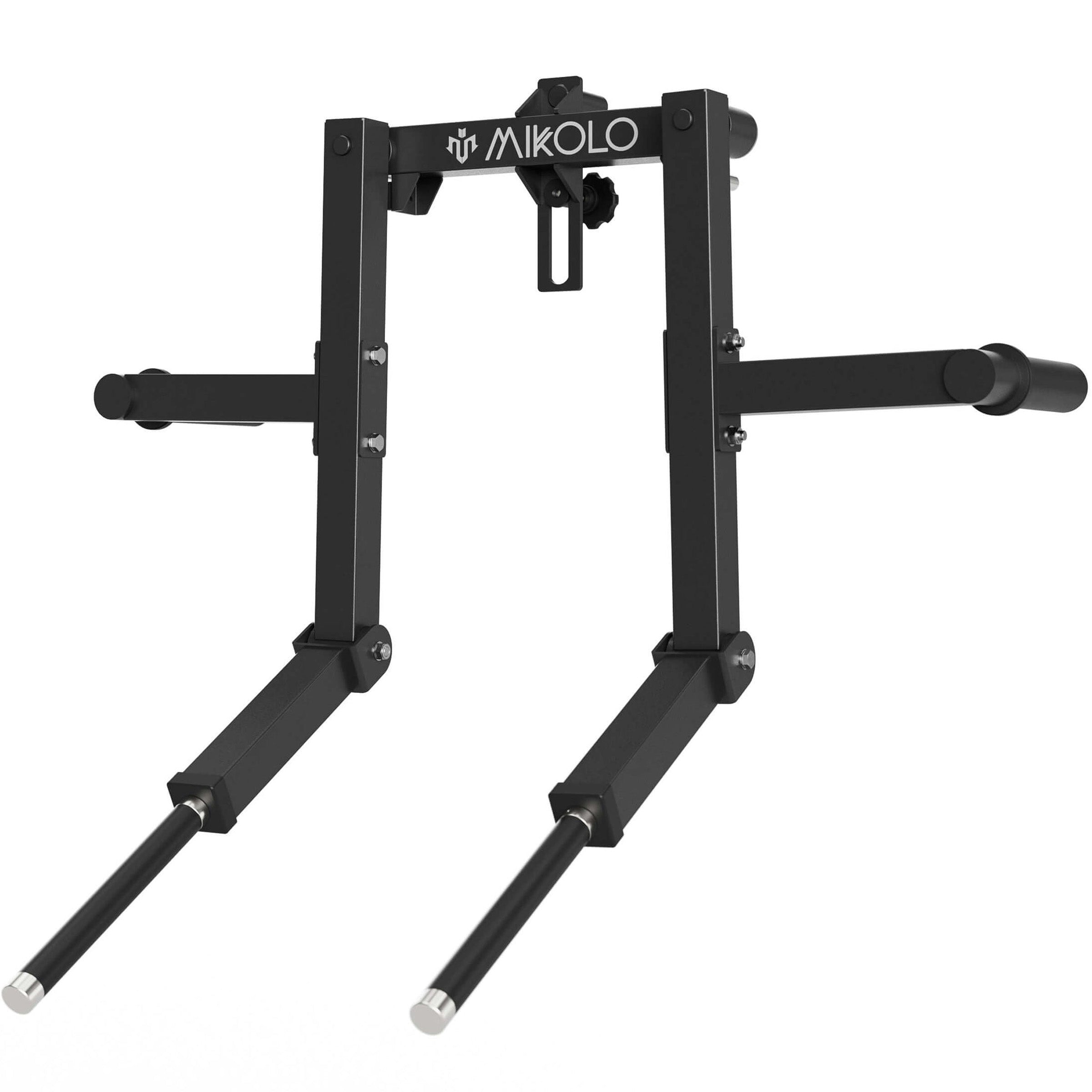
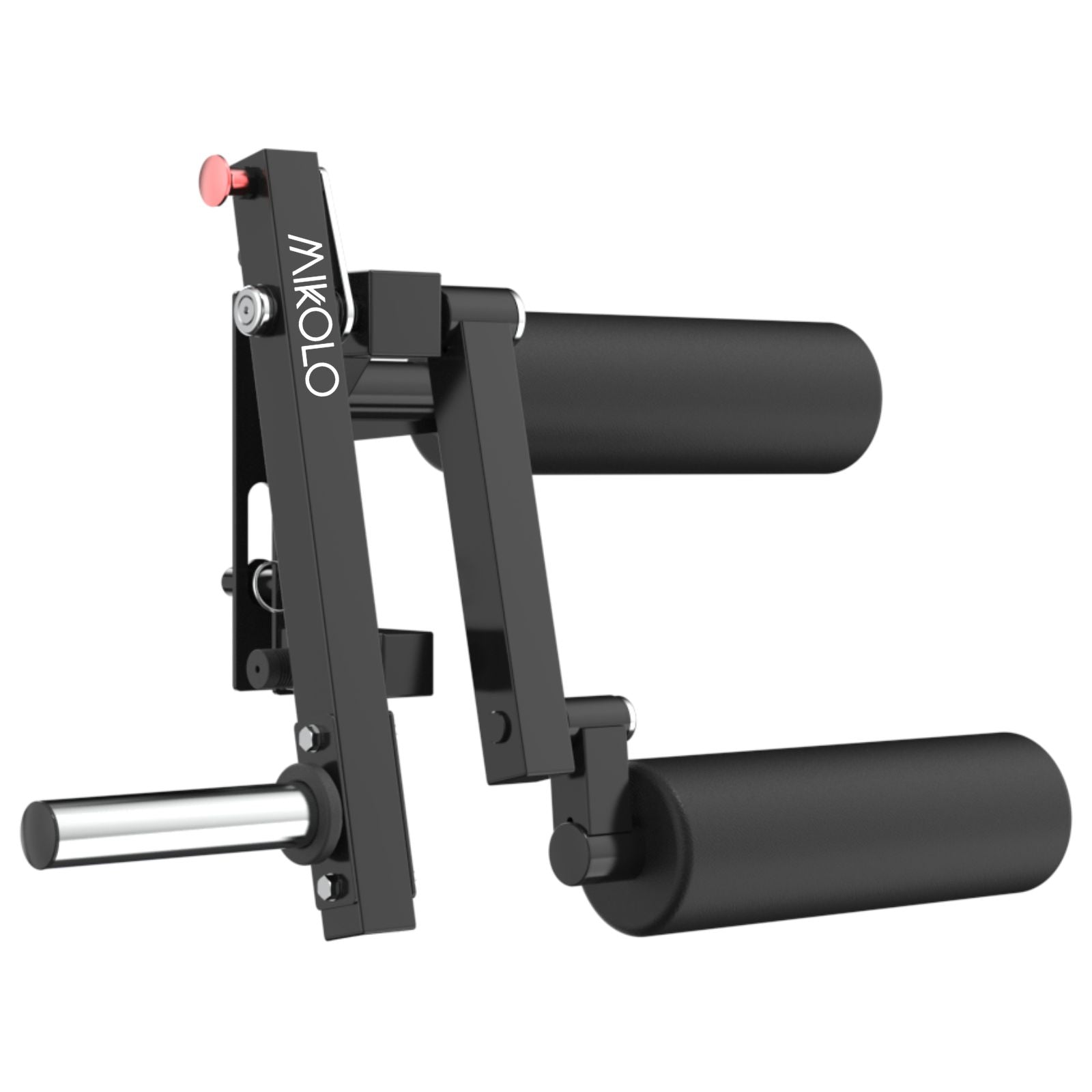
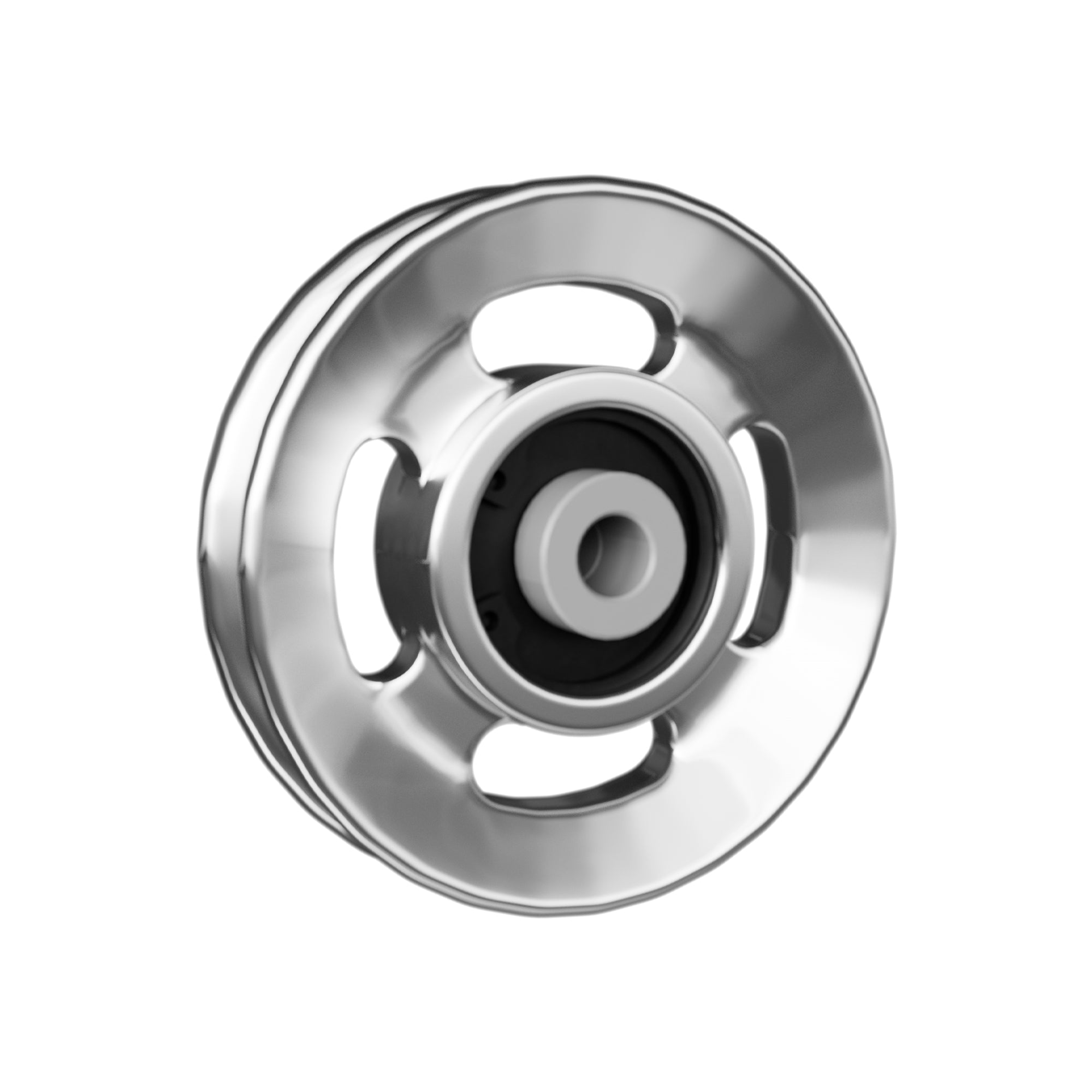
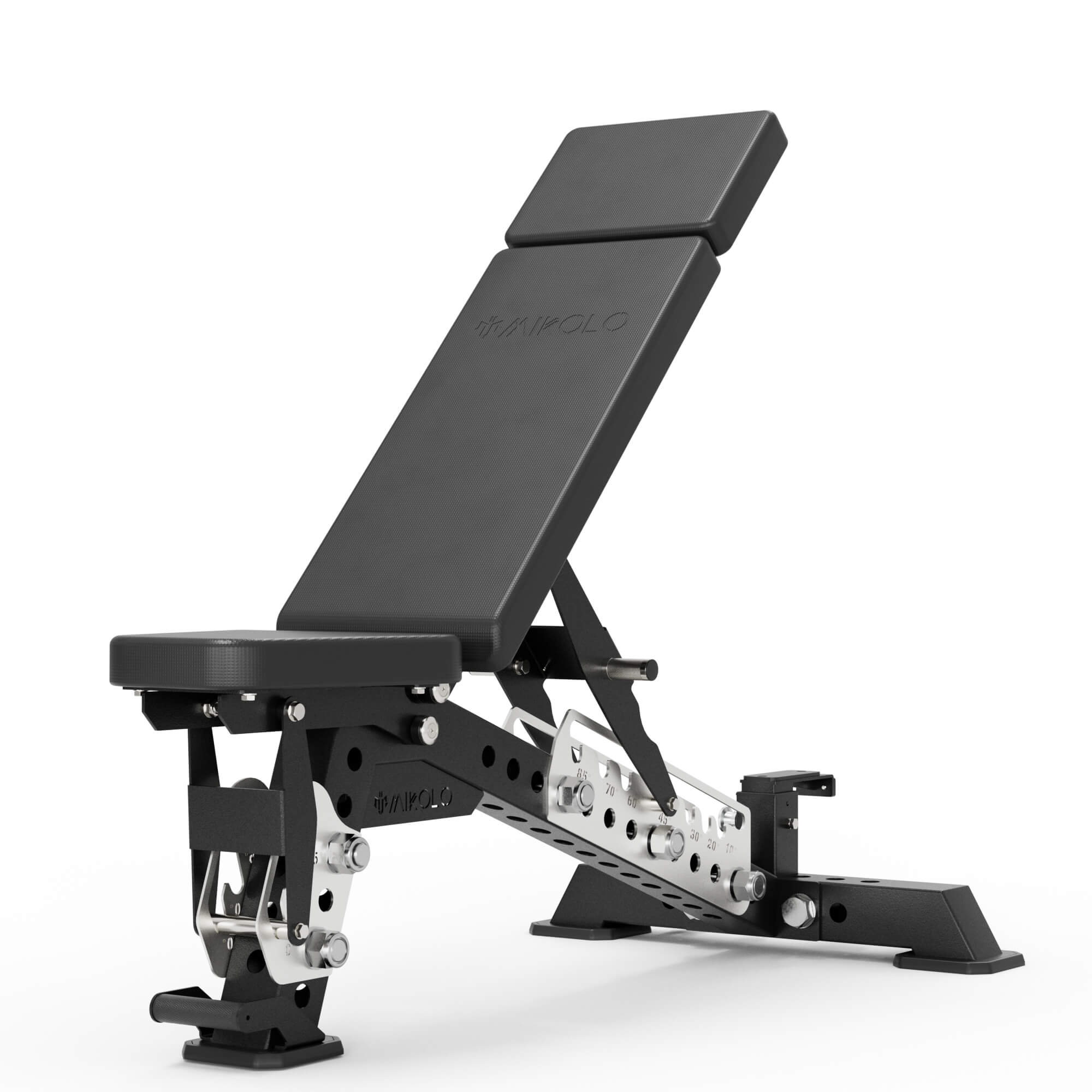
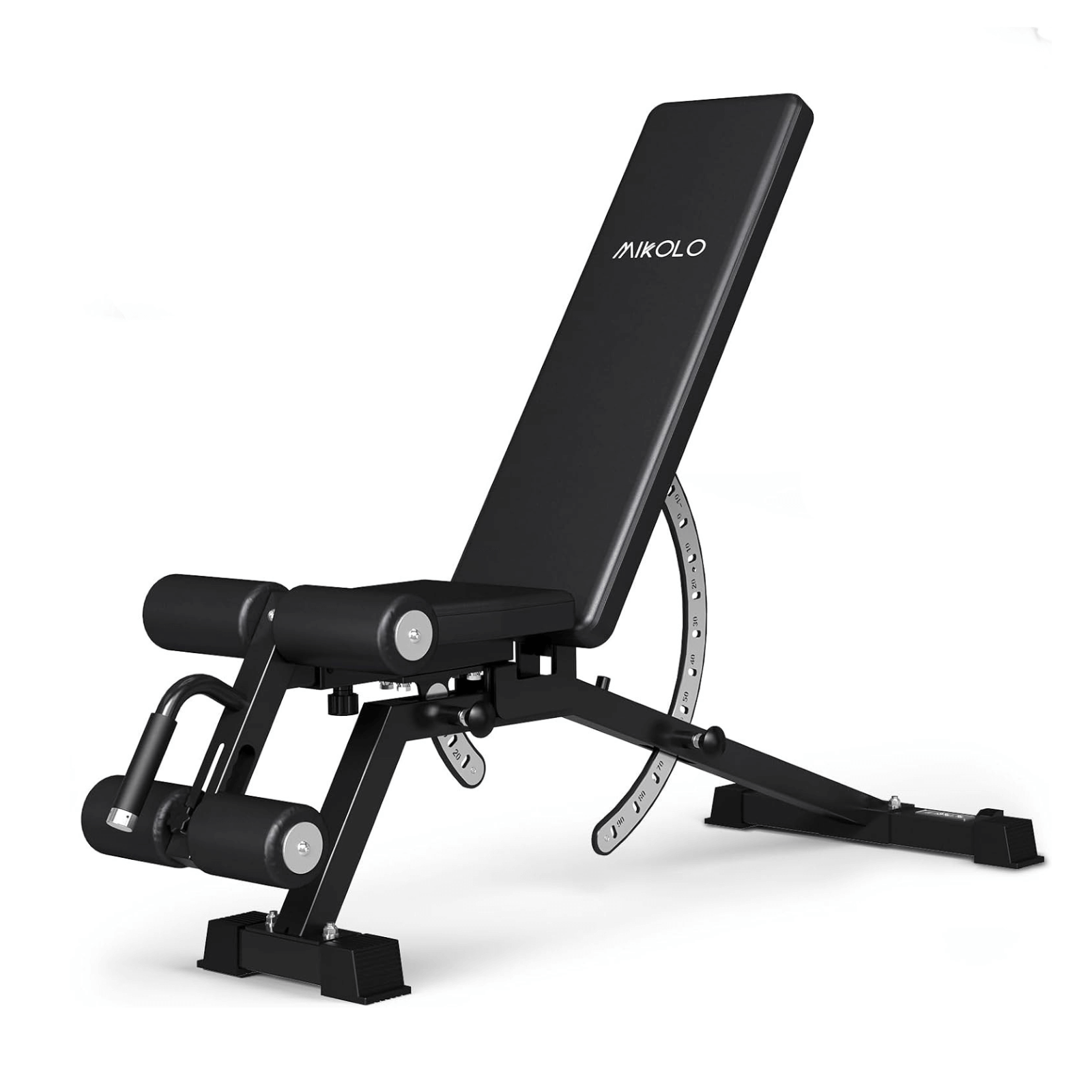
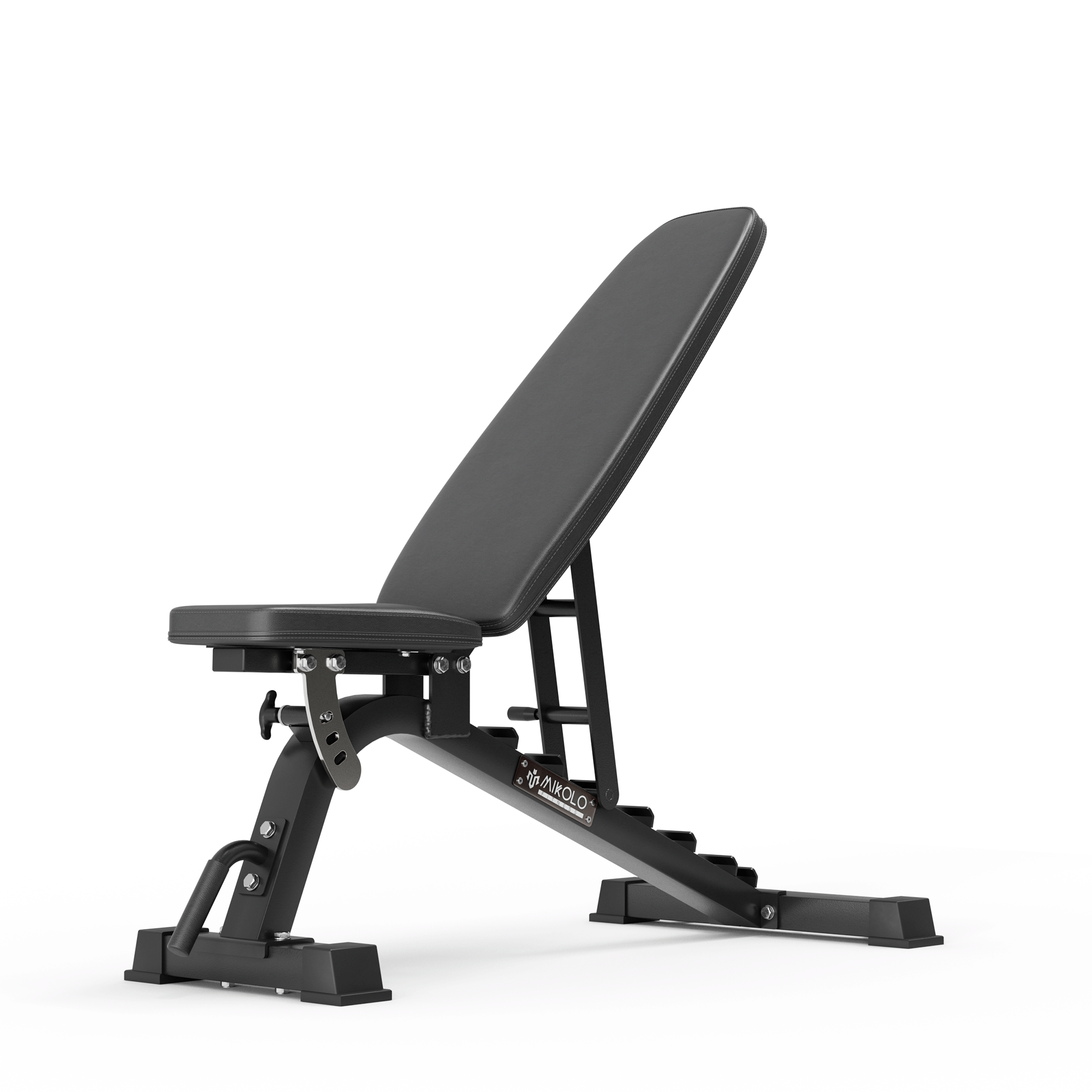
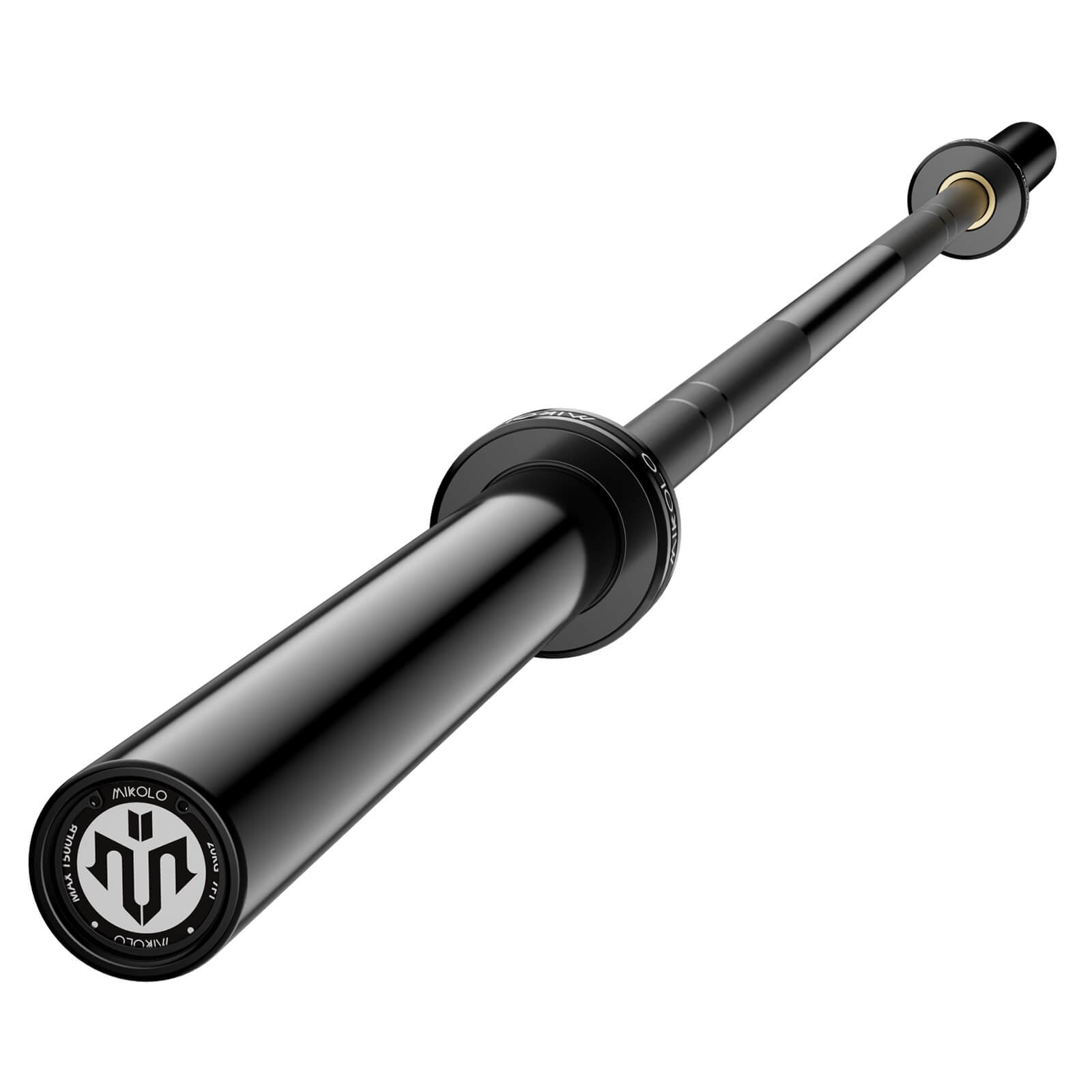
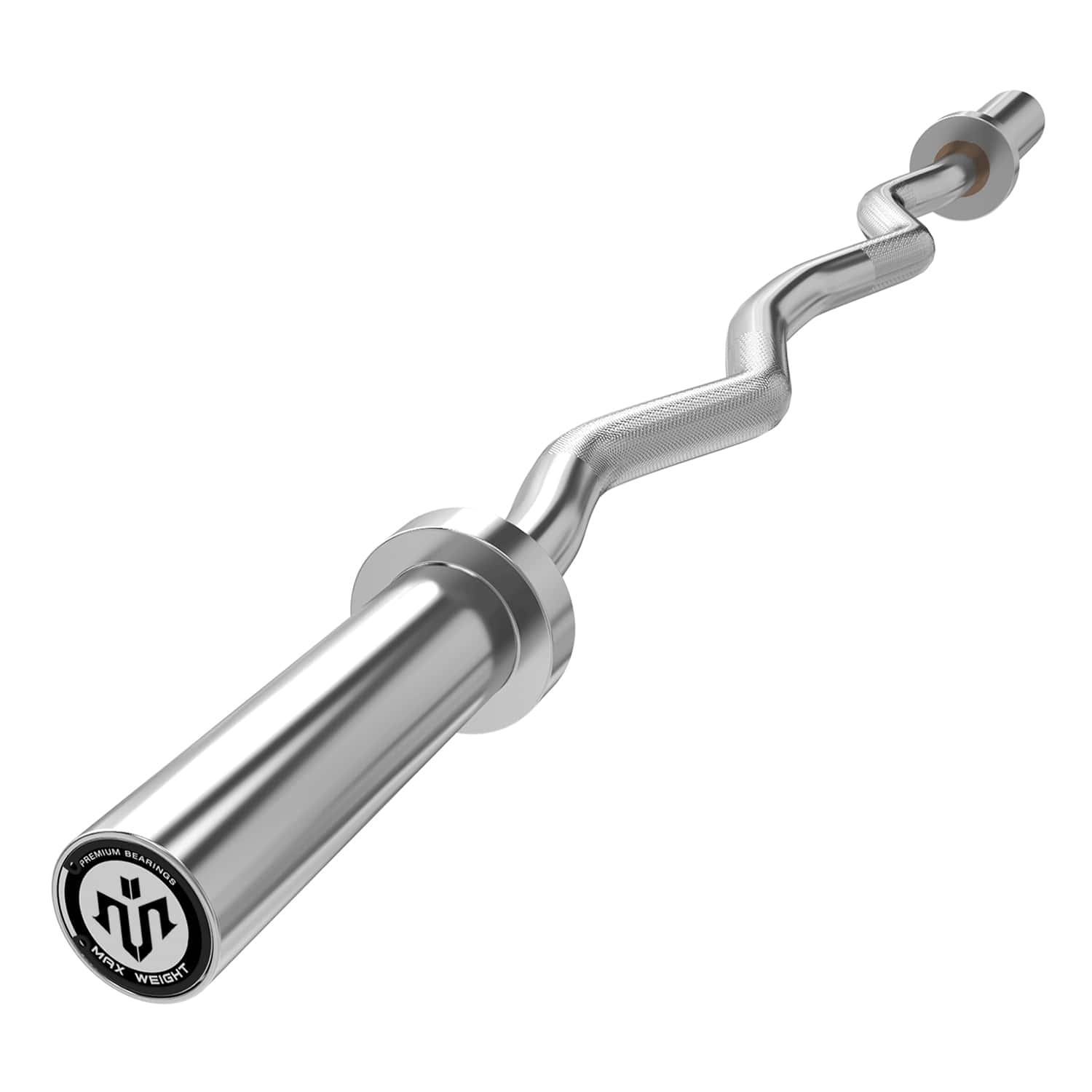
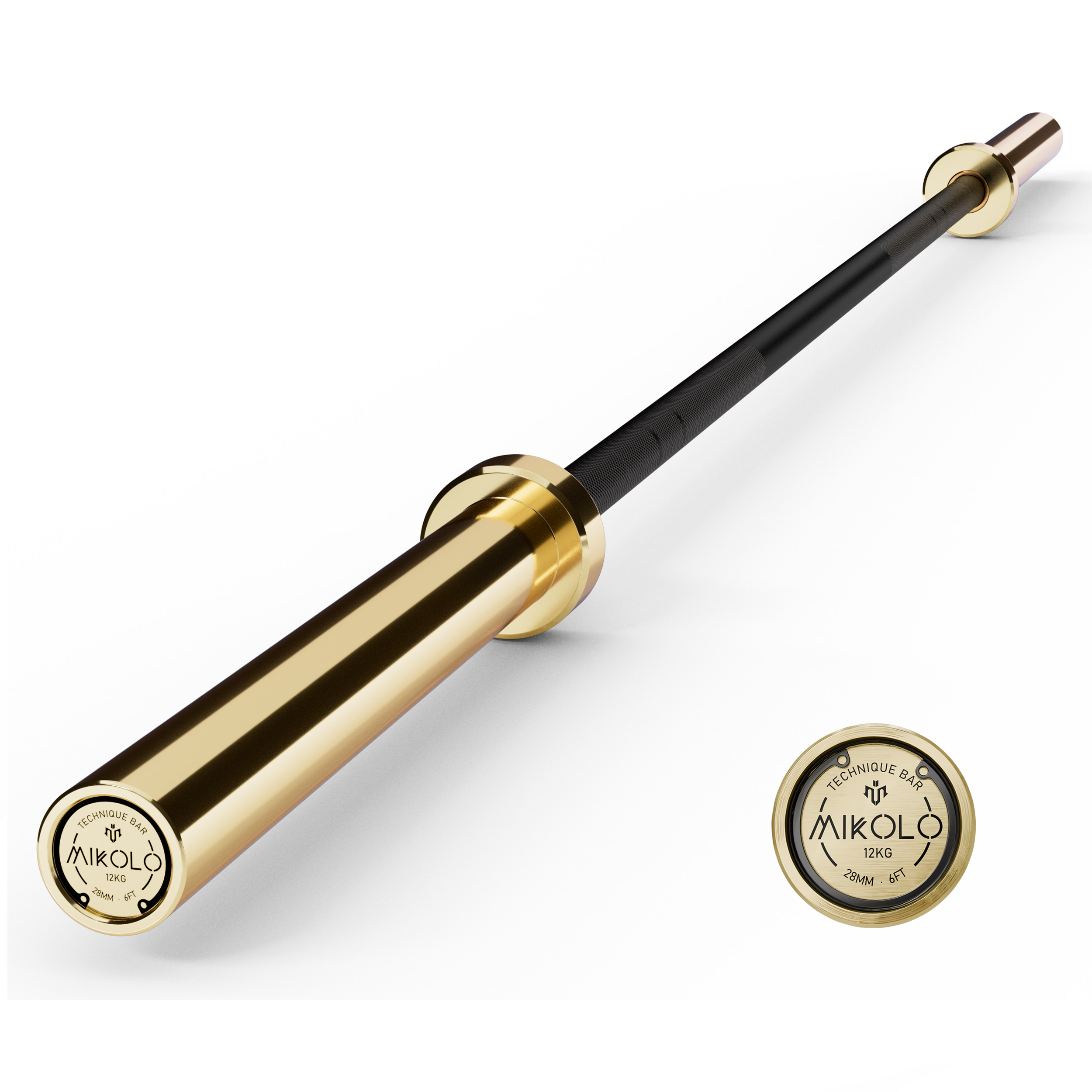
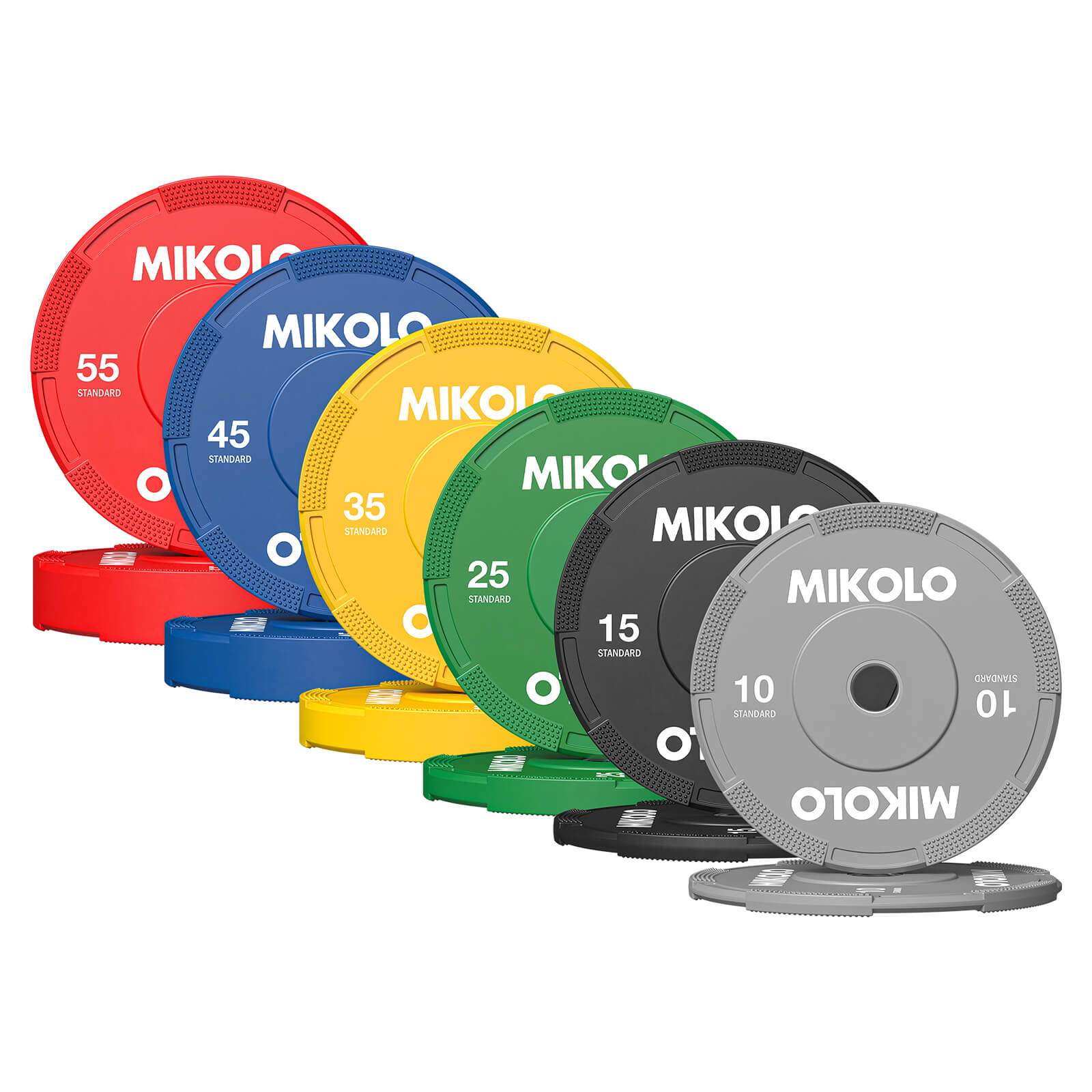
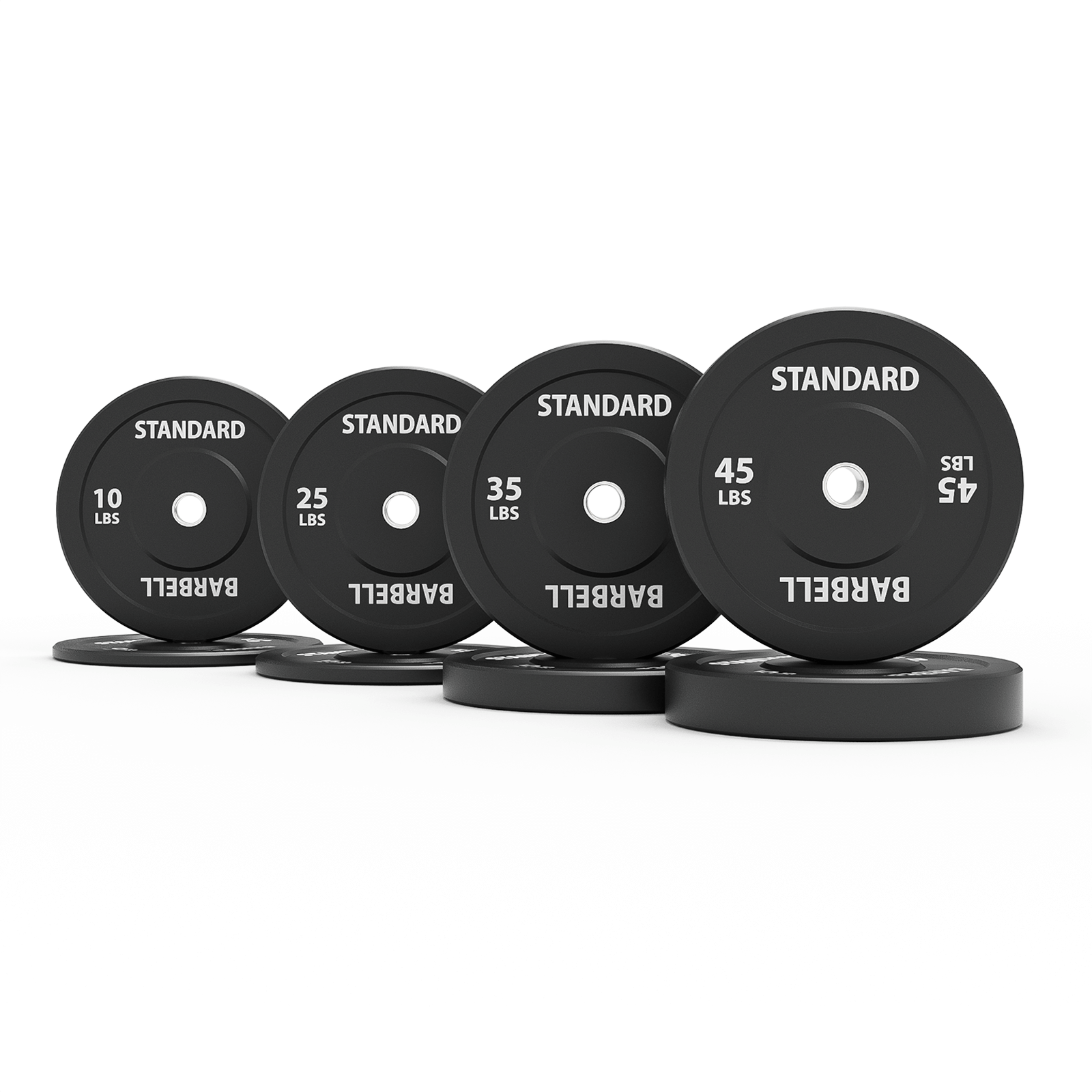
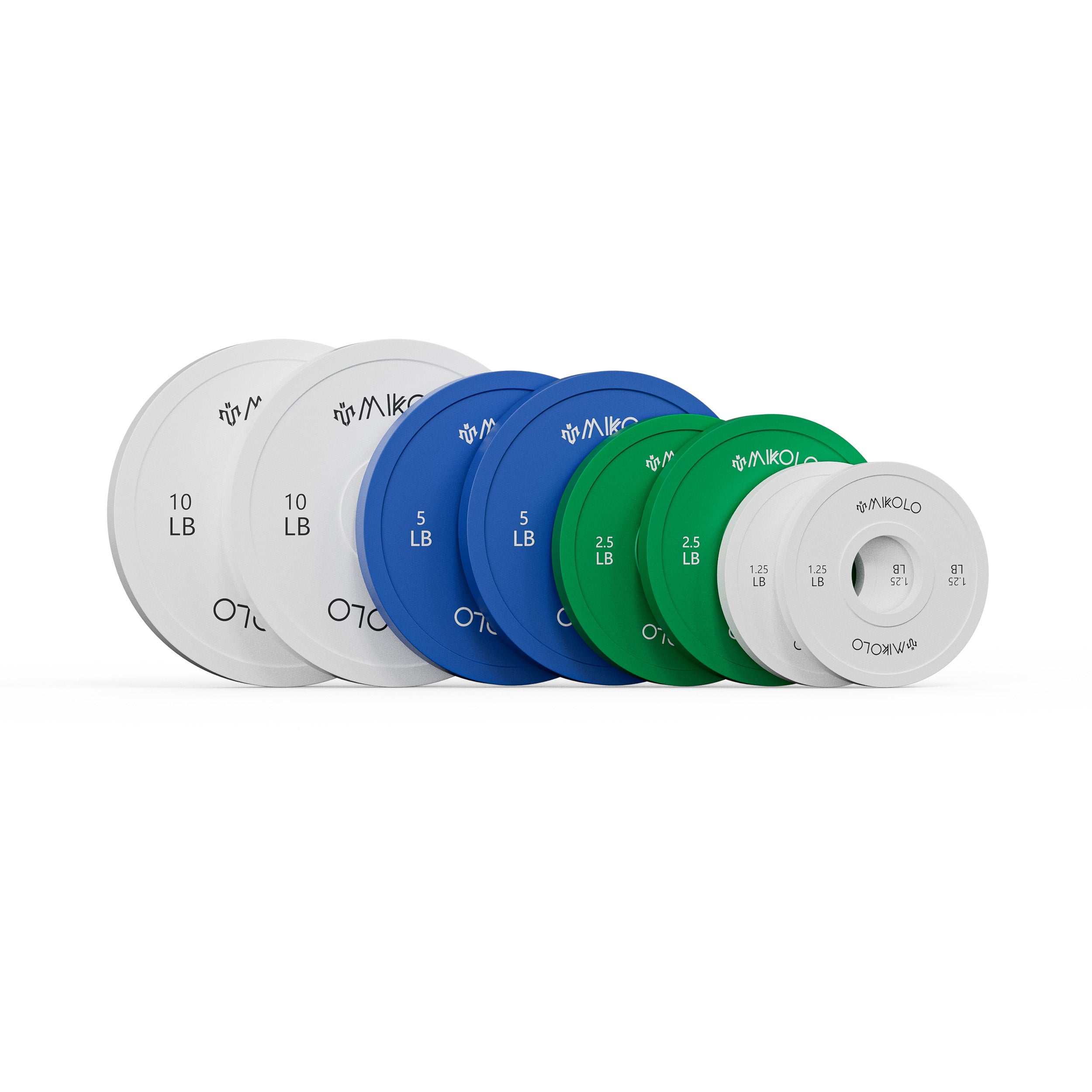

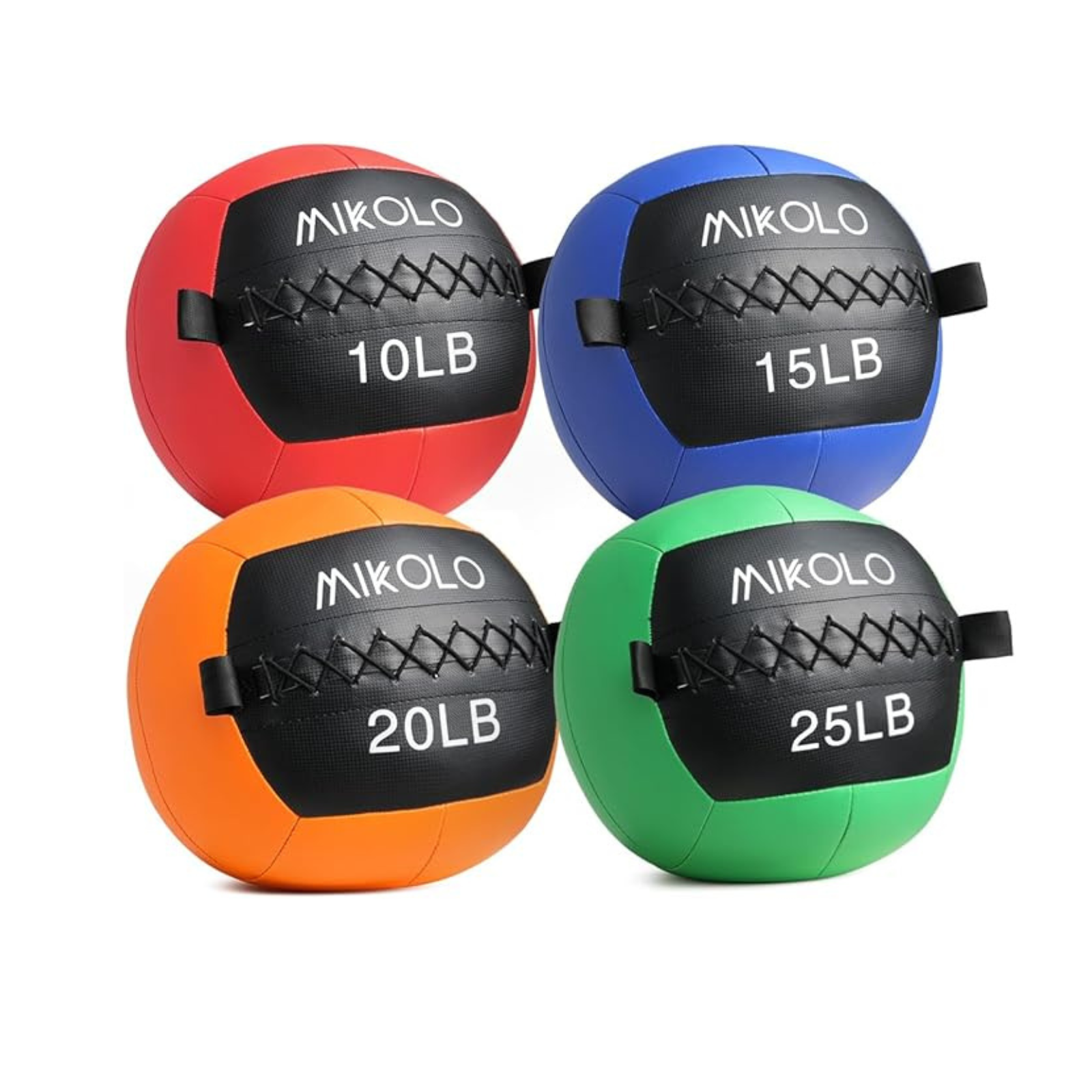
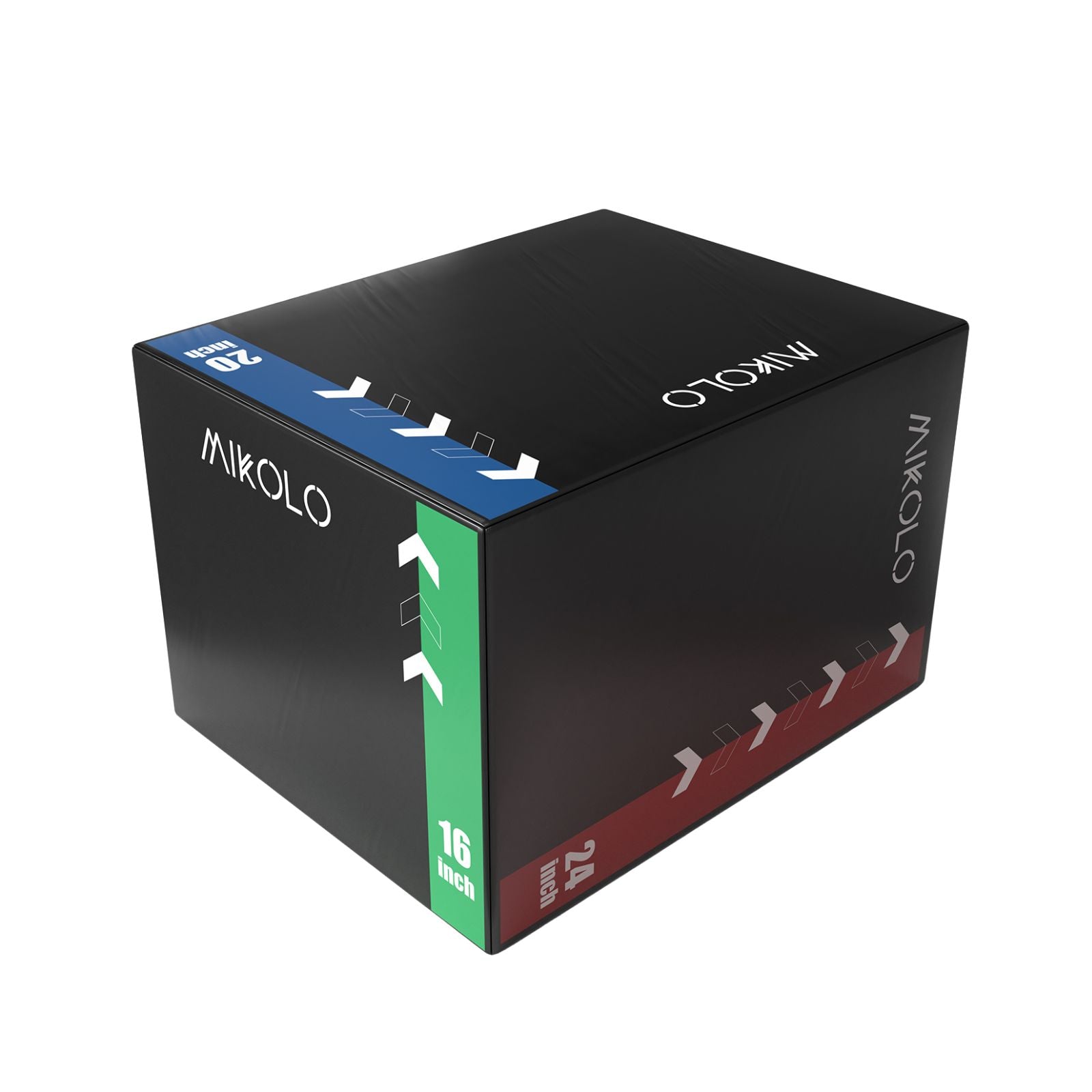
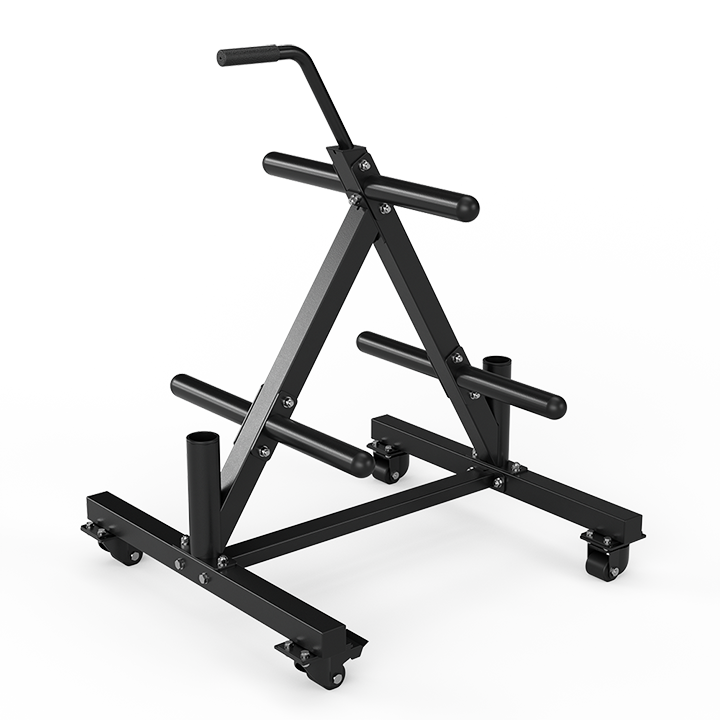
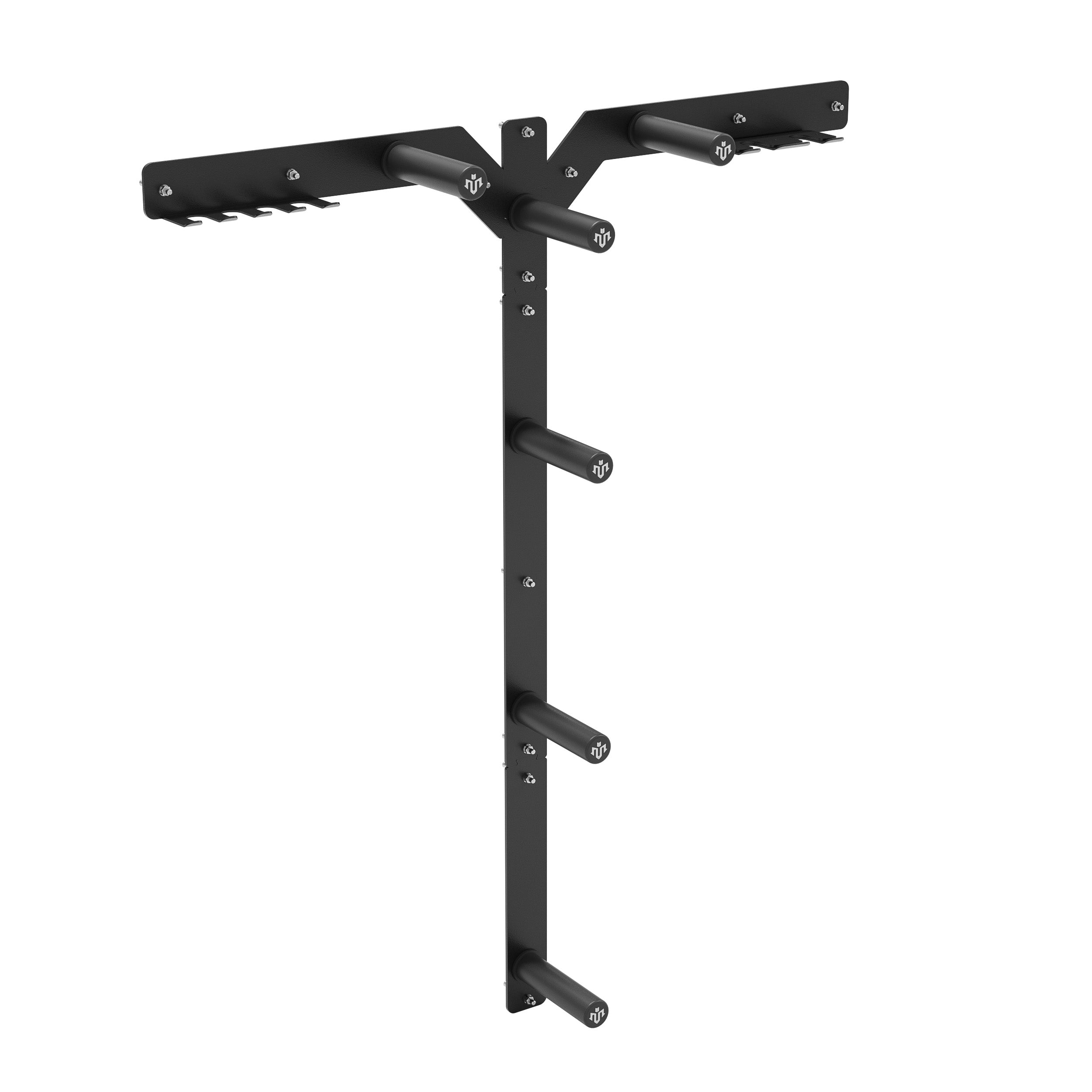
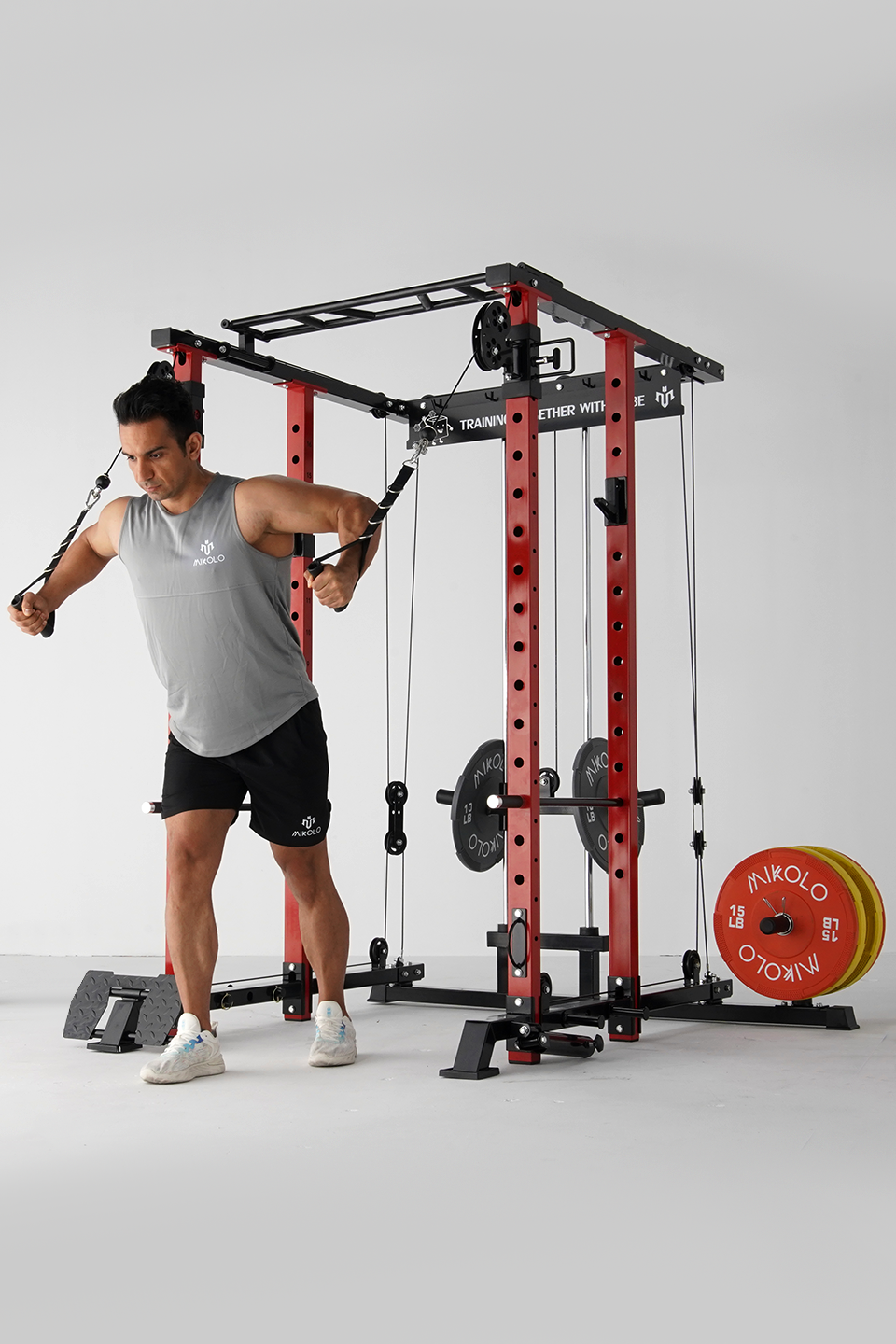



Leave a comment
This site is protected by hCaptcha and the hCaptcha Privacy Policy and Terms of Service apply.